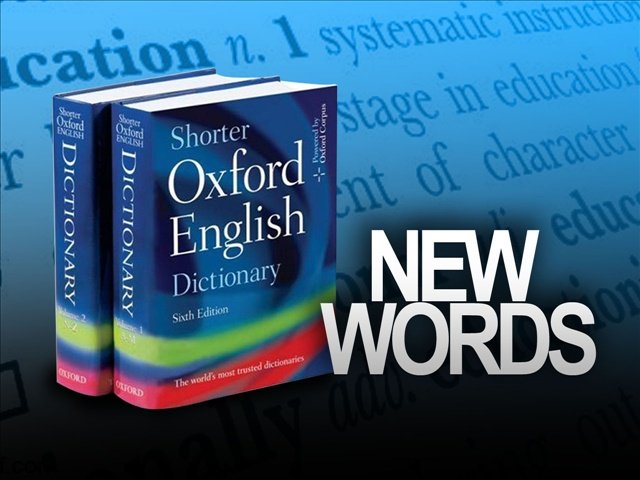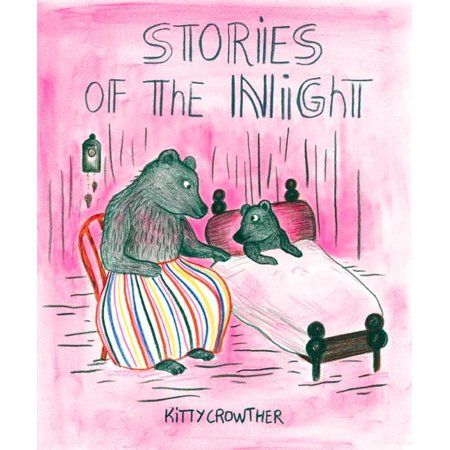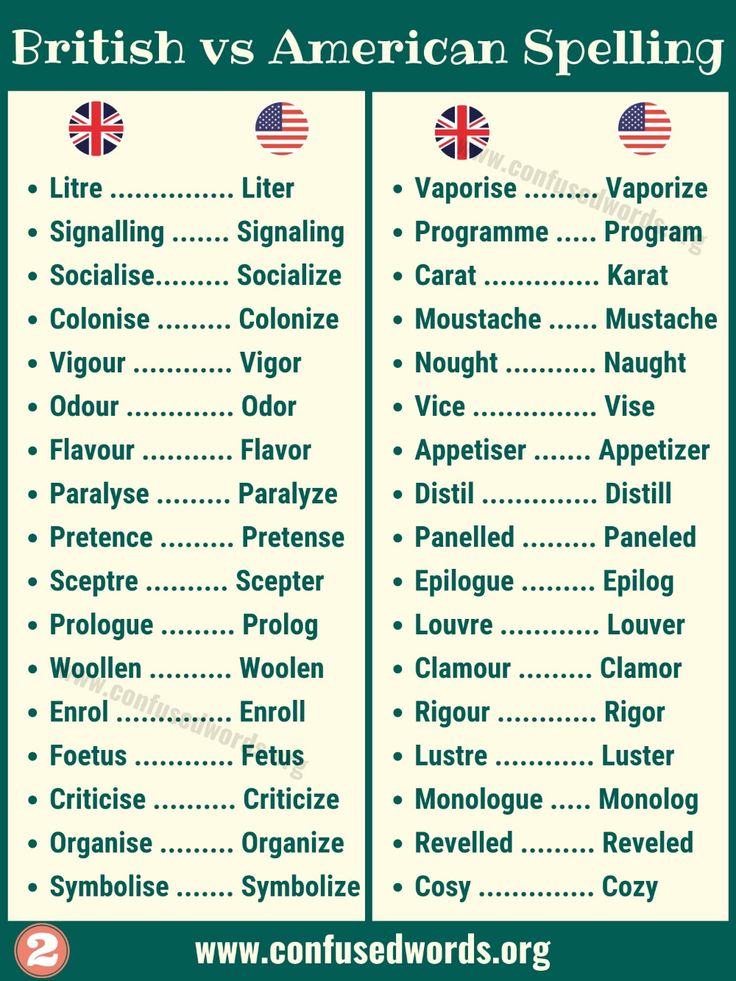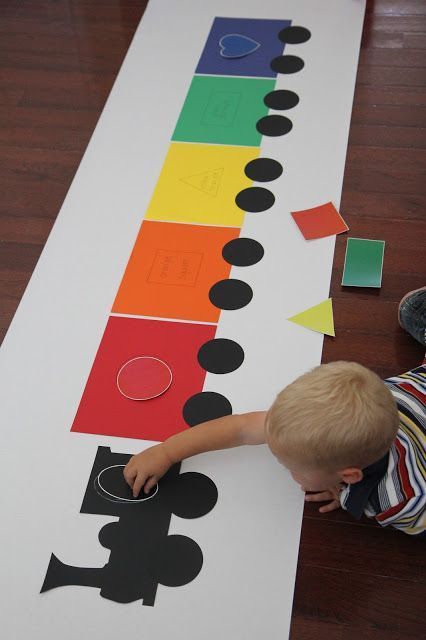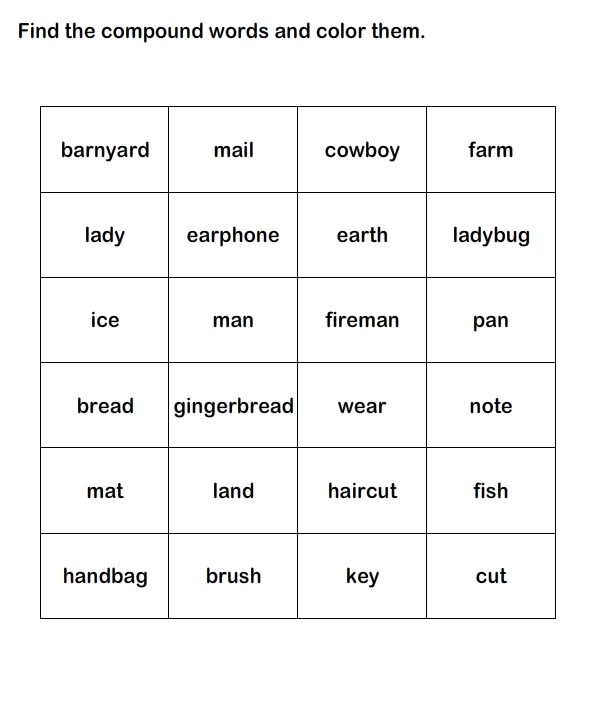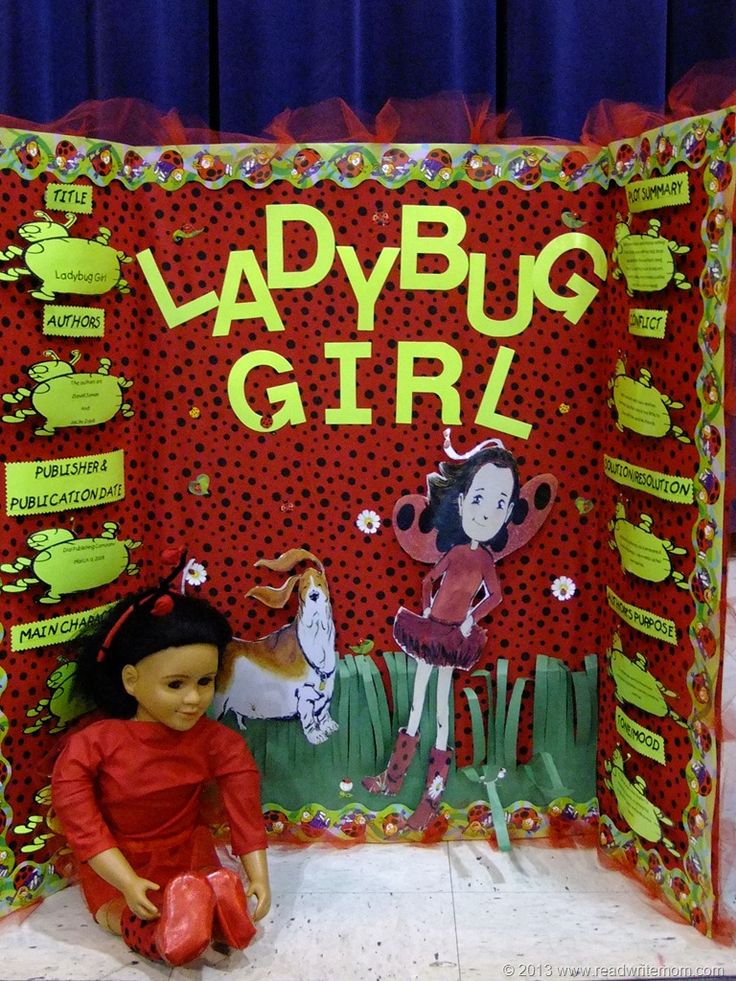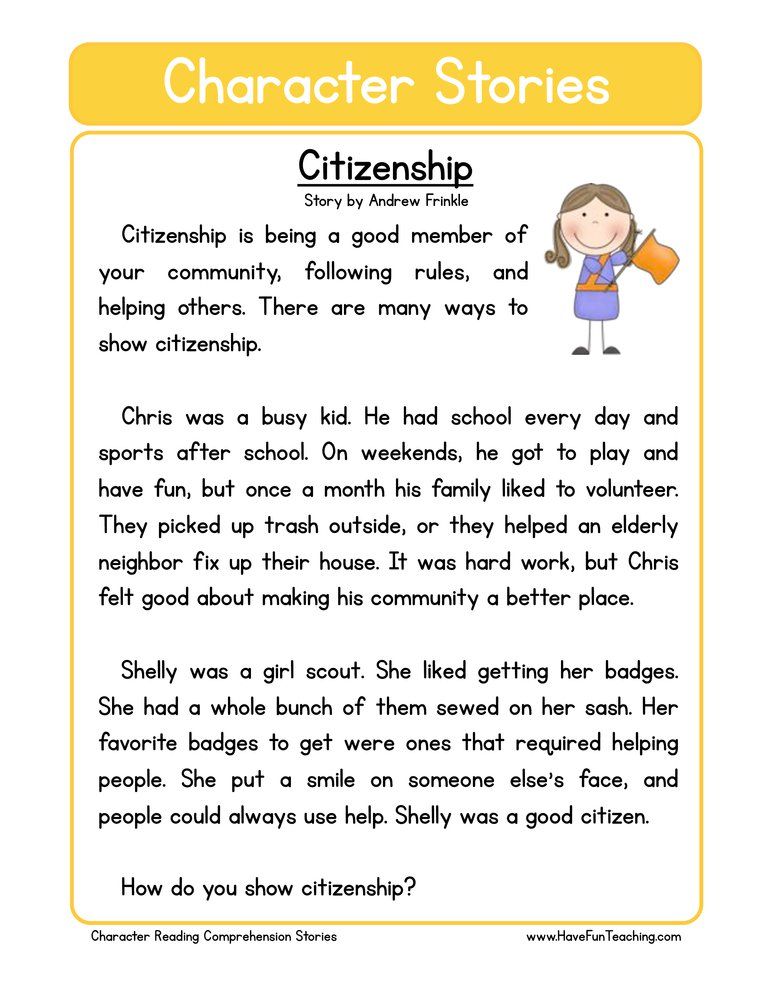Letter sound relationship activities
6 Fun Letter-Sound Correspondence Games For Young Readers
What Is Letter-Sound Correspondence?
Letter-sound correspondence means exactly what the words say: It is the understanding that every letter corresponds to a specific sound or set of specific sounds.
Having a good grasp of letter-sound correspondence is crucial to learning to read. Think back to when you were learning to read. You were probably told to “sound out” words that were hard for you.
This was a good suggestion, but it required your knowing the letter sounds so that you could, sound-by-sound, figure out the unknown word.
That’s because letter-sound correspondence is at the heart of phonics and is the key to cracking the alphabetic code.
Is Learning Letter-Sound Correspondence Important?
This question gets an enthusiastic “yes” from us!
Without a solid understanding of letter-sound correspondence, children will struggle to learn how to read. They can end up relying on memorizing words, which will only work for a short time.
In order to read, then, your child must first see letters in a word, match each letter to a sound, and then blend those sounds to read the word. Eventually, this becomes automatic and reading becomes fluent.
We all know that a rock-solid foundation in the basics will encourage confidence, something your child will need in their toolbelt as they embark on their journey to becoming a strong, independent reader!
6 Fun And Easy Letter-Sound Correspondence Activities
1) Say The Sound
This first activity is simple but fun and effective!
To begin, you’ll give your child a letter. Feel free to use any kind of letter you want — cut one out of cardstock, draw one on a piece of paper, etc. — but those magnetic letters that stick on the fridge may work best.
The goal of the game is for your child to say the sound that matches the letter you hand them. (Hint: you may have to remind your child not to use the letter name but only the letter sound. )
)
If they say the right sound, they get a point!
To make it more interesting, you can set a specific number of points for your child to reach. Once they reach 10 points, for example, they win the game!
2) Goldfish Toss
For this activity, your child can get a little more physical! If you’d like to give it a try, gather a big bowl and a pile of Goldfish treats (or any other small snack that’s easy to toss if you don’t have Goldfish crackers on hand).
When you’re ready to begin, say the name of a letter and let your child give the matching sound. When they say the correct letter sound, they get to throw a Goldfish cracker into the bowl.
The goal is to fill up the bowl with as many Goldfish as they can. And at the end of the game, you can go straight into snack time!
3) Letter Hop
The best part of this activity is that it gets your child moving and jumping. Not only will their brain be working, but their body will be, too!
For this game, you’ll need several target letters — B, T, and M for instance.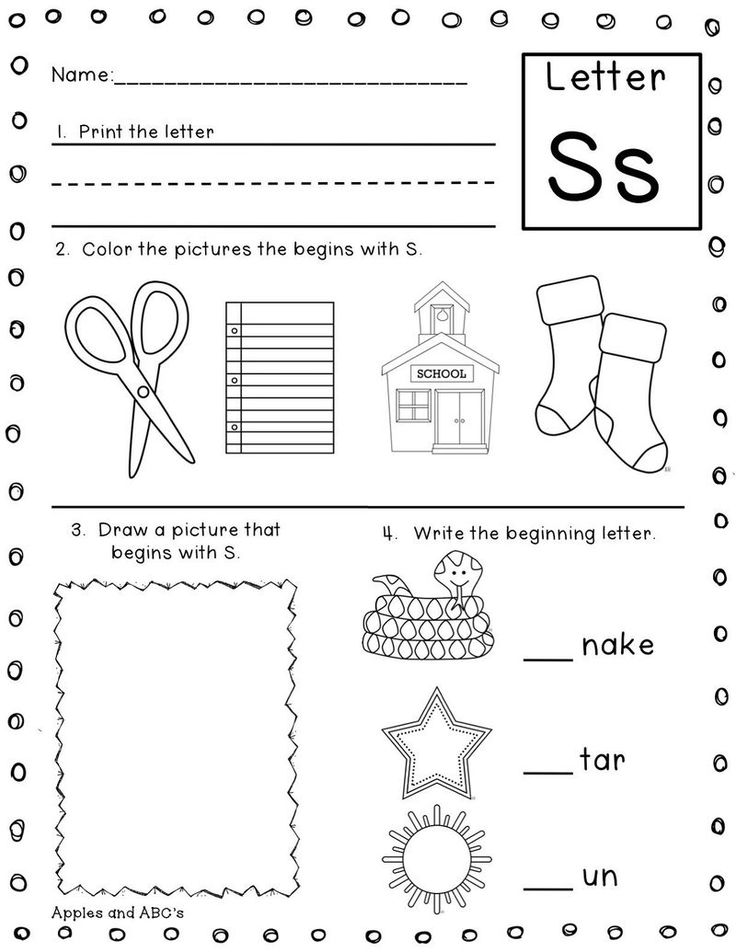 Write each one on its own sheet of paper.
Write each one on its own sheet of paper.
To begin, hold up one of the letters and say a sound. If the sound you said matches the letter you’re holding, then your child can make one giant hop toward you. Continue with another letter or repeat the same letter.
As your child gets better at the game, you can say a word instead of a sound. If the first sound in the word matches the letter you’re holding, then your child gets to hop.
The goal is to reach you in less than 10 turns. For even more fun, involve multiple kids and see who can reach you first!
4) Letter-Sound Treasure Hunt
This activity is another simple but effective one. It’s like your child’s very own letter-sound correspondence treasure hunt!
To play, you’ll need several magnetic letters and a pillowcase. Drop all of the letters into the pillowcase, and then say a letter sound.
The goal is for your child to grab one letter at a time — for more of a challenge, doing so without looking! — until they pull the matching letter out of the bag.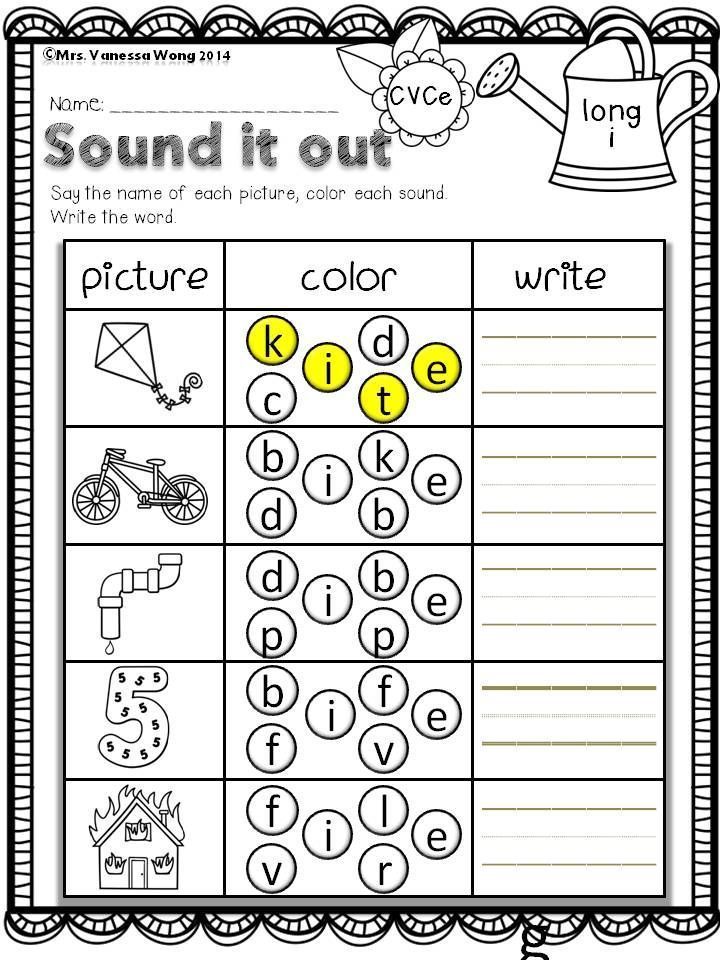
5) Limbs And Letters, Oh My!
For this game, your child won’t just hear the letter-sound correspondence with their ears. They’ll make it with their arms and legs, too!
Every time you say a letter sound, your child will try their hardest to twist their body to make the shape of the letter that matches the sound they heard. This is sure to end in fits of laughter as they wiggle across the floor to bend their body into an “S” shape.
You can take turns making shapes with your bodies and contorting yourselves to look just like the alphabet! And feel free to partner up if your child can’t quite make the shape of a letter with only their body.
6) Muffin Pan Challenge
If you’re interested in trying this activity, you’ll need six letters, a muffin pan, and two sets of different small objects (coins and paper clips work great!).
To play, you will use one of the objects, while your child uses the other. You could be coins and your child could be paperclips, for example.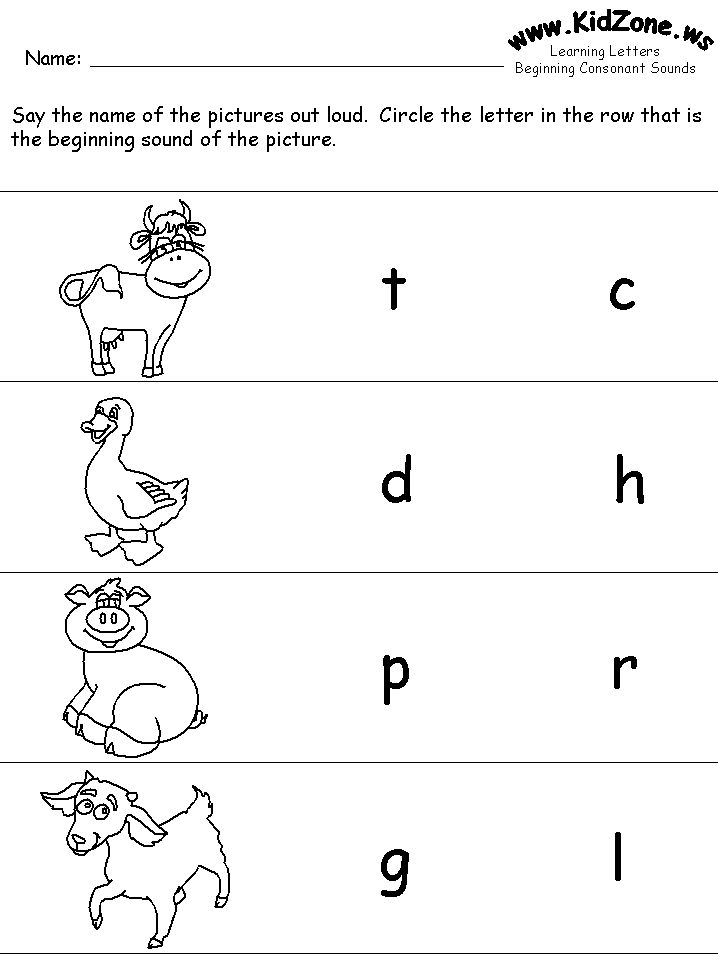
Place a different letter in each cup of the muffin pan. Say the sound of one of the letters and let your child try to drop a paperclip into the right cup. If they succeed, they get to claim that cup!
Next, your child can say the sound of one of the letters and have you toss a coin into the corresponding cup. (It doesn’t hurt if you have a LOT of trouble getting your coin in the right cup!) When you get the letter correct, you claim the cup.
When all the cups are full, whoever has the most items in the pan wins. And then, while you’ve got it out, maybe you can use the muffin pan to make a sweet treat together!
Letter-Sound Correspondence For A Bright Future
We hope that these activities were helpful! Remember, all children are unique. A letter-sound correspondence game that works for one of your children may not do the trick with their siblings.
Don’t fret! There’s a perfect fit for every child. And we know that with you guiding them, your child will master letter-sound correspondence in no time!
At HOMER, we’re always here to lend a helping hand, and we would love to be a part of your routine! Our Learn & Grow app offers tons of personalized, effective activities to develop your child’s reading skills — letter-sound correspondence included!
Author
Try These 10 Fun Phonics Activities to Teach Letter Sounds to Children
What is phonics?
Phonics is the relationship between letters and sounds as well as the understanding of how those sounds connect to form words.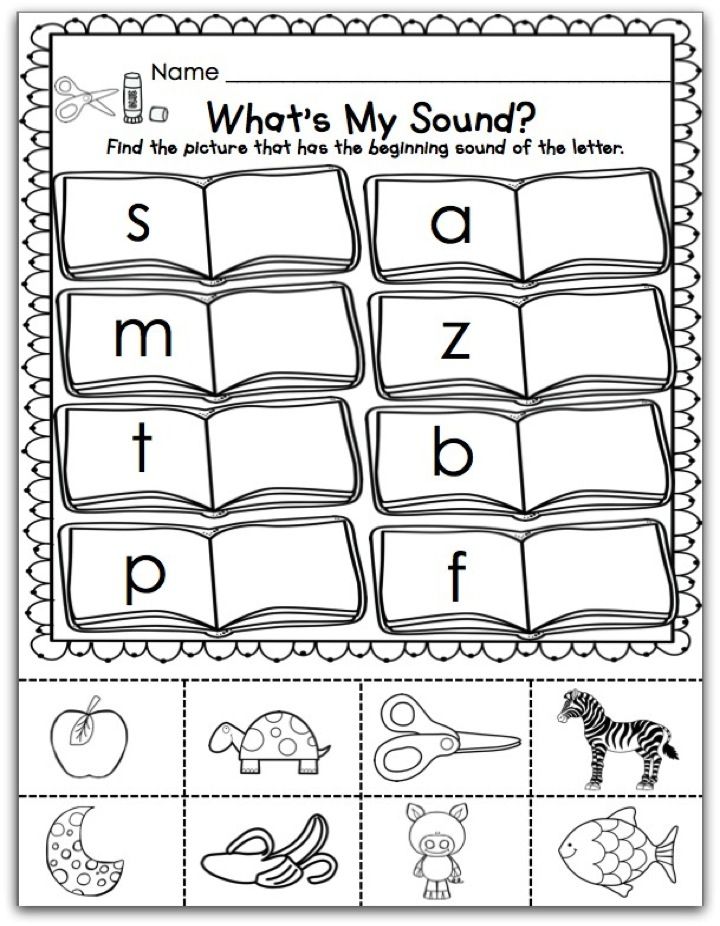
For instance, the /c/ sound, the short /a/ sound, and the /t/ sound blend together to form the word cat.
What does the research say about teaching phonics?
Research indicates the importance of teaching children phonics as a preliminary step for learning to read.
Research also suggests that systematic instruction which incorporates wordplay (manipulating letters/sounds in words to change the word), writing words, and using manipulatives such as magnetic letters to create words are all effective strategies for teaching phonics.
Additionally, research demonstrates the benefits of applying a multi-sensory approach to phonics instruction.
A multi-sensory approach incorporates sight, sound, touch, and movement into instruction. This helps address a variety of learning modalities, enabling students to better absorb the information.
Ten Fun Research-Based Phonics Activities to Teacher Letter-Sounds
1. Play the game “I Spy.”
In the game “I spy” you pick something that you see and don’t tell the child what it is. The child has to guess what you see.
The child has to guess what you see.
Here is how you can use “I Spy” to teach letter sounds (phonics):
Let’s say you see a book in the room: You can say: I spy something that starts with the letter B or I spy something that ends with the letter K.
After your child guesses what “you spy” have them tell you the sound the letter makes. If your child cannot guess what “you spy” or does not know the letter sound, provide them with assistance.
You can also do the same thing using letter sounds. For example, if you see a book, you can say “I spy something that starts with (make the sound for b)” or “I spy something that ends with (make the sound for k).
After your child finds the object, have them tell you what the first letter (or last letter) of the object is. Take turns with your child. First you spy, then they spy, or vice versa.
2. Put letters on flashcards for a fun activity.
Put one letter on each card as shown below (create upper case and lower case cards):
Here is a sample activity:
Pick three to four-letter words and scramble them up.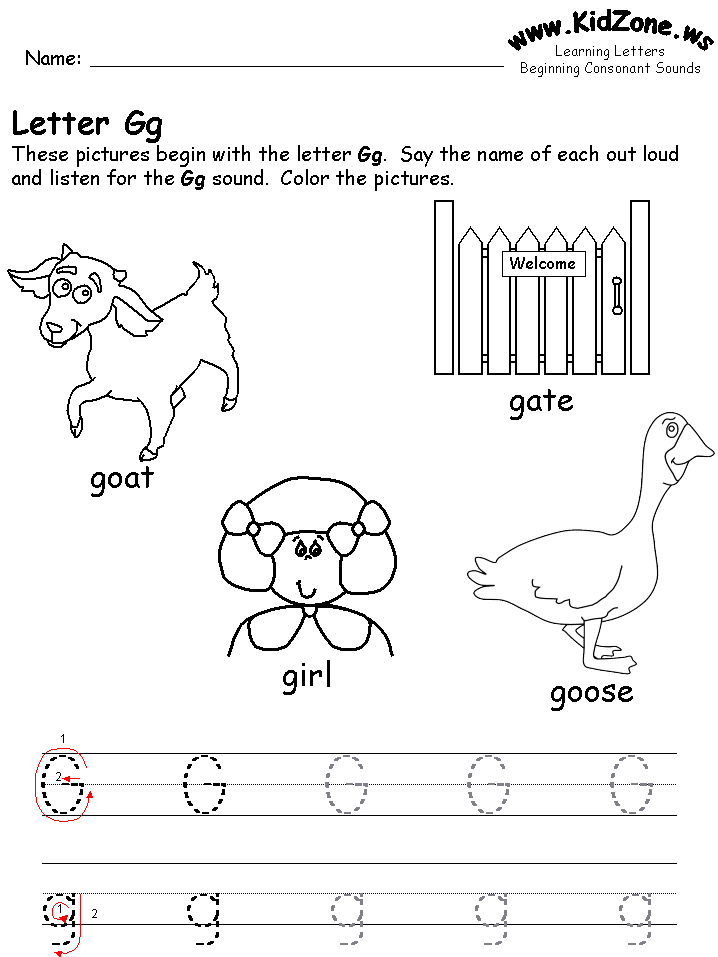 For example, if the word is pig, put the letters out-of-order (e.g., ipg) on the table in front of your child.
For example, if the word is pig, put the letters out-of-order (e.g., ipg) on the table in front of your child.
Put the letters one to two feet in front of your child so she has room to work. Next, give them a sheet of paper with three (or four) spaces for letters on it, like so _ _ _.
Then tell them the word or show a picture of the word and give the instruction (e.g., “I want you to make the word pig on the lines below, using the letters above).
If you have Magnetic Letters, you can use these as well. You can also encourage your child to write the letters in with a pen or pencil.
You can do word families to help your child understand that many words are spelled the same way, with only the first letter different. So after pig, try big, wig, and rig.
Rhyming practice is another helpful strategy when teaching kids about letter sounds.
3. Play letter-sound Go Fish.
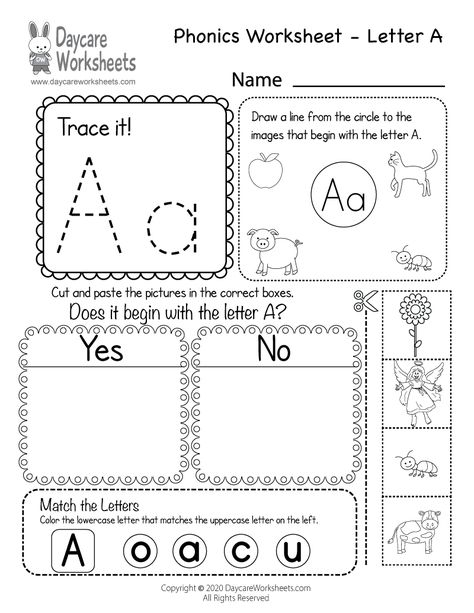
Make doubles of flash cards. Each player gets five cards and the rest of the cards go in a pile in the center of the table.
Player 1 calls out a letter-sound and asks if player 2 has a match.
If they don’t have a match, tell them to “go fish” which means to choose from the pile. See more detailed rules for how to play Go Fish here.
4. Make your own phonics Bingo game.
Draw a grid or make one on the computer like the one below. (You can also print out a large version of the one below here). You can find more blank grids here).
While the grid above has 25 boxes, you can play phonics Bingo with 9 or 16 boxes also.
Here are four options for getting pictures into the boxes:
Option 1 – Draw something simple in each box.
Examples of simple drawings for each letter of the alphabet include an apple, a banana, a comb, a door, an egg, a feather, a girl, a hat, an ice-cube, a jar, a kite, a light bulb, a mitten, a nose, an orange, a pan, a queen, a ring, a spoon, a table, an umbrella, a vase, a worm, a xylophone (that one might not be so easy to draw), and a zipper.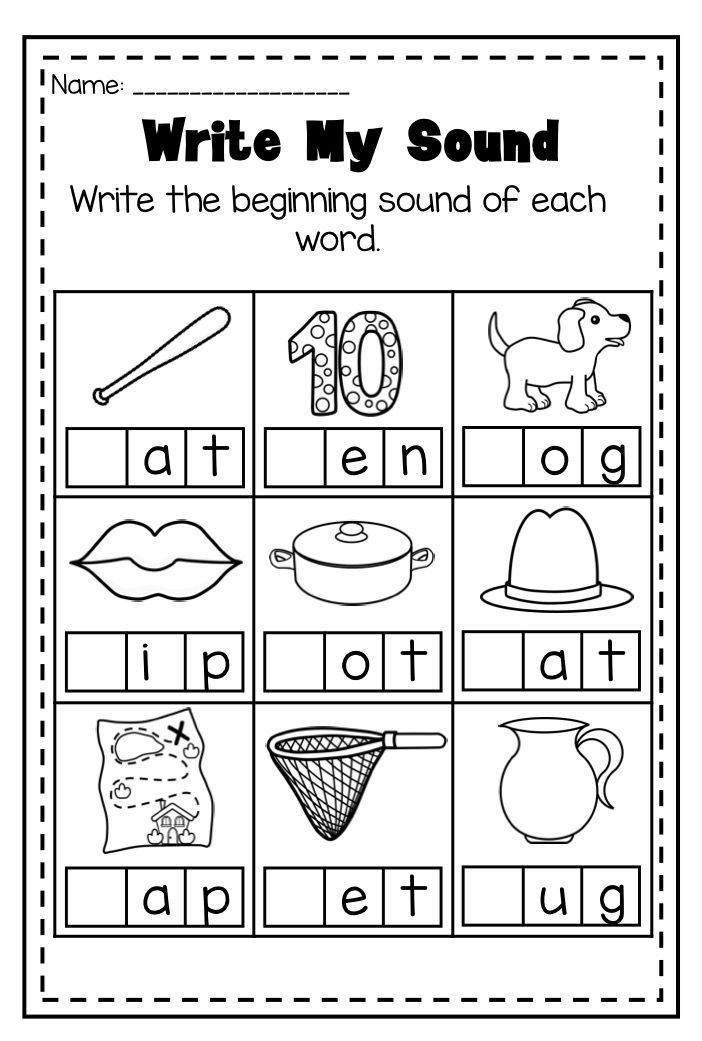
Use colors to make it look fun.
Option 2 – Get images from Google Images, print them, cut them out and glue them in the boxes.
Option 3 – Go to Google Images, copy each image by hitting “control c’ or by right-clicking on the image and selecting copy, then paste each picture into each grid box by right-clicking in the grid and clicking paste or by hitting “control v.”
Option 4 – Find and print out ready-made Bingo grids by doing a search for Kids Bingo Grids
You can play the Bingo game four ways:
1 – Call out a letter sound. If your child has a picture on her Bingo card that starts with that letter sound, have her put a coin, checker piece, or small piece of paper over the picture (you can cut index cards into small pieces.
This will work better than regular paper because the pieces will be heavier and stay on the Bingo card better).
2 – Call out a letter. If your child has a picture on her Bingo card that starts with that letter, have her cover the picture.
3 – Call out a letter sound. If your child has a picture that ends with that letter sound, have her cover the picture.
4 – Call out a letter. If your child has a picture that ends with that letter, have her cover the picture.
When your child fills up a row, up, down, or diagonally, she gets Bingo (she wins).
5. Make flashcards with a picture on one side and the letter the picture starts with (or ends with) on the other side
You can draw the pictures yourself or make flashcards using pictures from Google Images.
To make a flashcard from Google Images, go to the Image, copy it, “right-click” on it and click copy or hit “control c.” Then go to a word document and paste (right-click and click paste or “hit control v.”).
Then print out the pages, cut out the picture, and write the corresponding letter on the back.
If you know how to insert tables, you can put several pictures on the page in table boxes, print the page, cut out all the pictures, and put the letters on the back.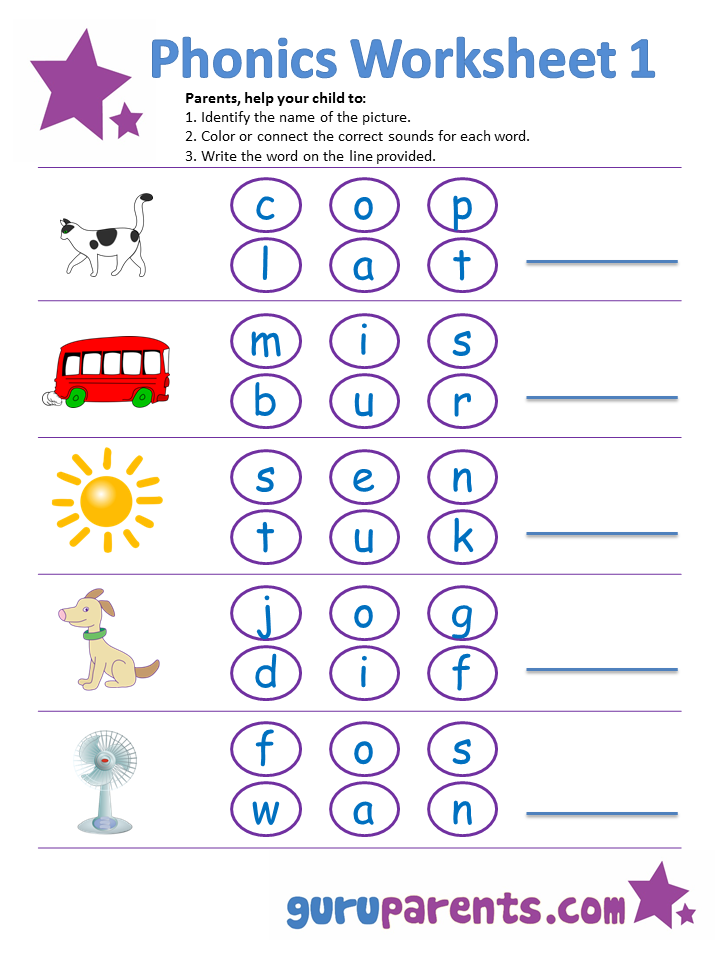 Here is an example:
Here is an example:
Show your child a picture and ask them to tell you the letter (or letter sound) it starts with (or ends with). If they are correct, let them know and show them the back of the card. If they are not correct, give them two more tries.
If they do not get the letter or sound, show them the back of the card and tell them the letter and sound (then enunciate the sound as you say the word), have them say the letter/sound back to you twice and shuffle the card back in the pile. Repeat.
6. For children who have a lot of energy, turn a phonics lesson into a movement activity.
Tape four letters onto the wall as shown in the image below:
Call out a letter sound and tell your child to run to the letter that makes that sound, touch it and run back. Spice it up. Here are some examples:
-Hop to the letter that makes the sound
-Skip to the letter that makes the sound
-Tip Toe to the letter that makes the sound
7. For another movement activity, put tape on the floor, with a letter on each piece of tape.

Tell your child to start with their feet on a certain letter (e.g., start on letter A), then tell them to jump to different letters, using the letter sounds.
For example, “Jump to the letter that makes the sound (insert letter sound).”
See an example below:
As your child becomes more independent with his letter sounds, you can make the letters spell actual words. For the word cat, have three pieces of tape, C, A, T.
Tell your child to start at the C, then jump to the next letter in Cat, and then the last letter.
To make it more challenging, have your child spell the word backwards, by starting with the last letter and jumping in order until they get to the first letter.
Mix up the game with upper and lower case letters. The example above has three letters, but you can use as many pieces of tape and letters as you want.
Start out with a few and add more if your child is making good progress.
8. Make a worksheet, using words and pictures with your child’s favorite characters, foods, animals, etc.
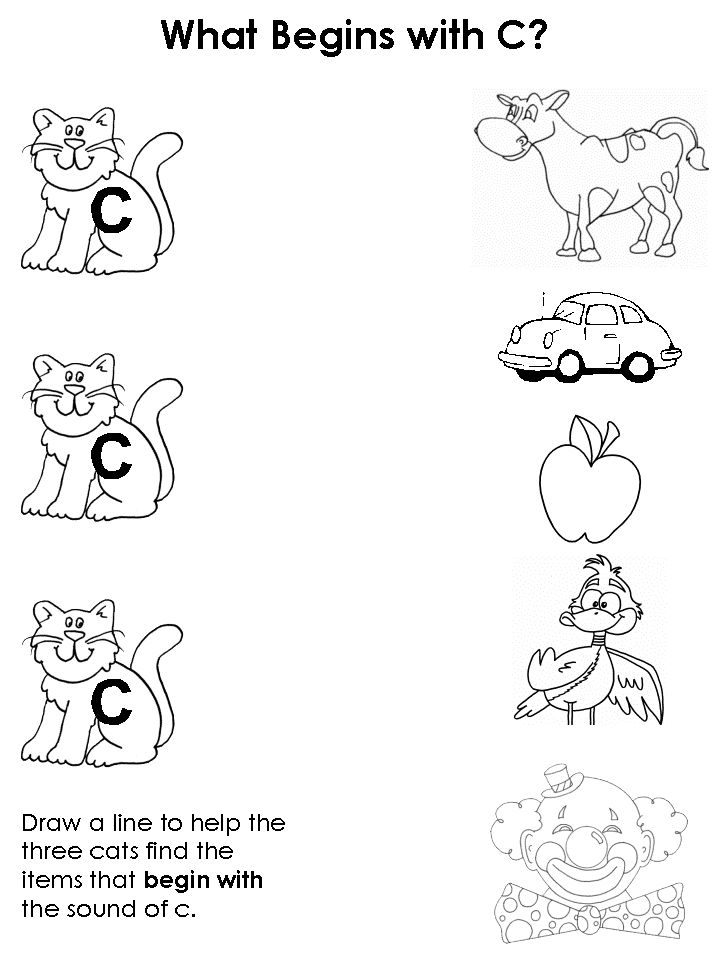
You can draw the worksheets by hand or use tables in Microsoft Word. For a three-letter word, make a table with five columns and one row.
Put the picture of the word in the first box of the table (you can draw in the pictures or copy and paste them from Google Images). Put the letters in the other boxes, but leave one letter out. Have your child fill in the missing letter.
Here is an example of the worksheet:
Click here to print out your own version of this sheet.
For children who may have trouble solving this worksheet, try providing them with a letter bank to see if that helps.
See an example of a worksheet with a letter bank below.
Click here to print out your own version of a phonics worksheet with a letter bank.
9. Have your child paste letters on paper as you call out the sounds.
You can use the letter flashcards you made, like in number 2.
You can use this activity to teach your child how to spell words.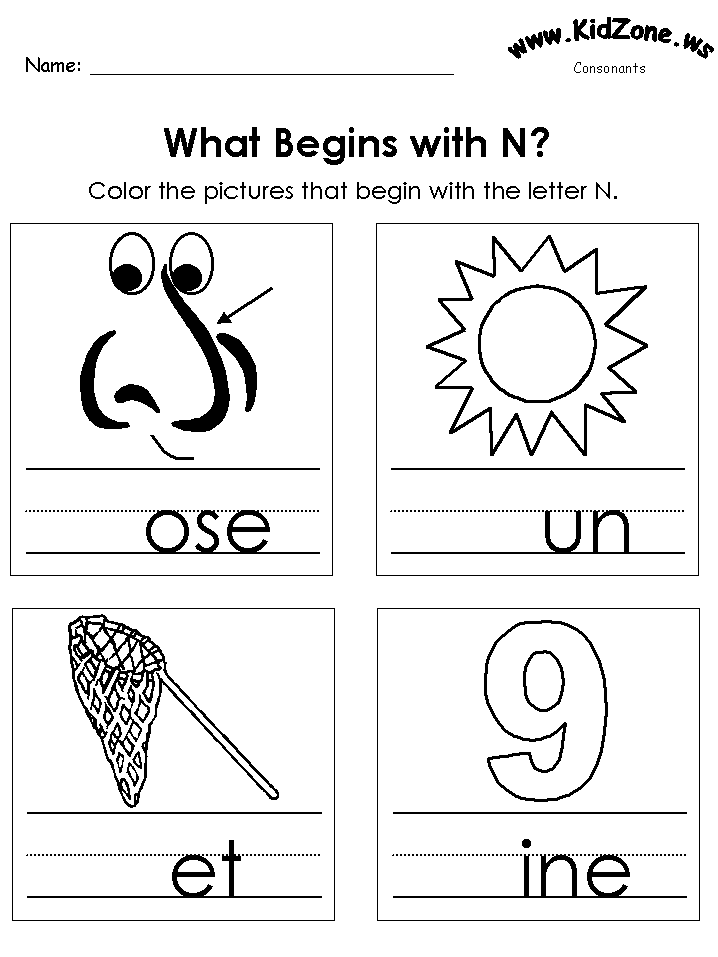 Draw lines or boxes on the paper so your child knows where to paste the letters.
Draw lines or boxes on the paper so your child knows where to paste the letters.
You can give your child the exact number of letters in the word, or throw in some extra letters to make it more challenging.
Call out the first sound in the word, have your child pick the correct letter, and paste it on the first line.
Then have them do the next sound, and so on, until the word is complete.
Supervise the activity, providing assistance as needed.
When your child is done, hang up their work to show them that you are proud of their effort.
You can also use this idea to teach a child how to spell their name, such as the sample in the image below.
10. Sing the alphabet sound song.
The tune is similar to the traditional alphabet song.
Here is a great example by Kidstv123. You can make up your own version as well.
What else can you do to help your child learn letter sounds?
If your child is significantly struggling with learning letter sounds or acquiring other academic skills, despite consistent practice and guidance, talk to your child’s school and/or doctor.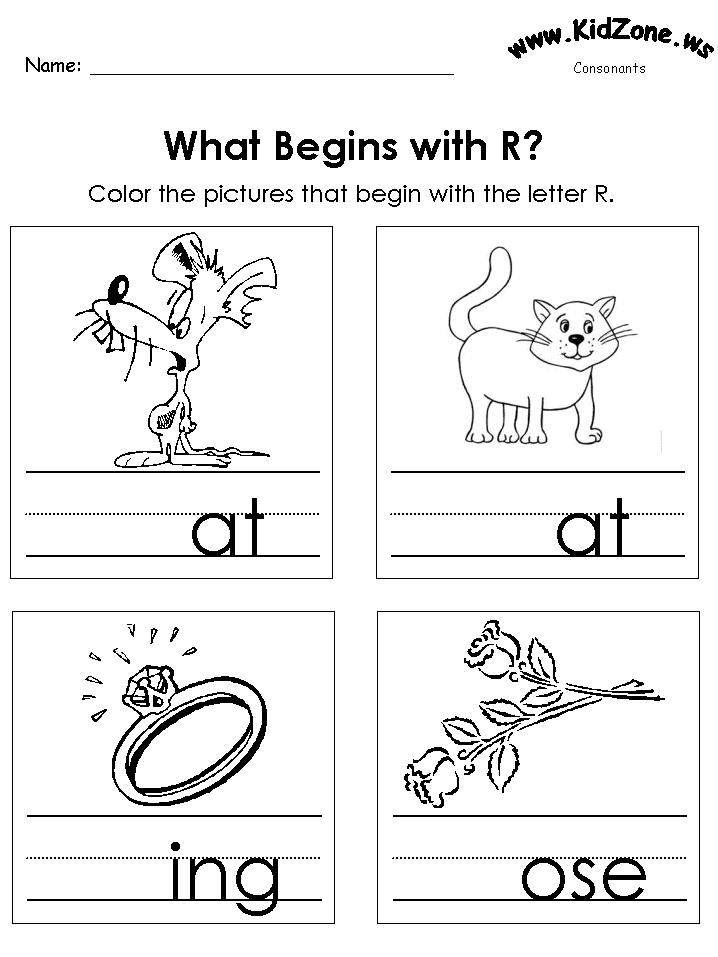
They can refer you to the appropriate professionals to determine what might interfere with your child’s progress and if additional strategies could help.
Additional Information About Teaching Phonics to Children
Keep in mind that the activities in this article are recommendations. Please do not try to pressure a child into participating in any of these activities.
This can lead to your child feeling frustrated, and possibly shying away from phonics (letter-sound) practice.
Remember to always stay calm when working with a child or student, even if you think they should be getting something that they are not getting.
If you get frustrated with them, they may start to feel anxious, angry, inferior, stupid, etc. which will lead to a less productive learning session.
Keep practice sessions short (2 to 10 minutes for younger children or children who get easily frustrated and 10 to 15 minutes for older children or children who can work for longer periods without frustration), unless the child is eager to keep going.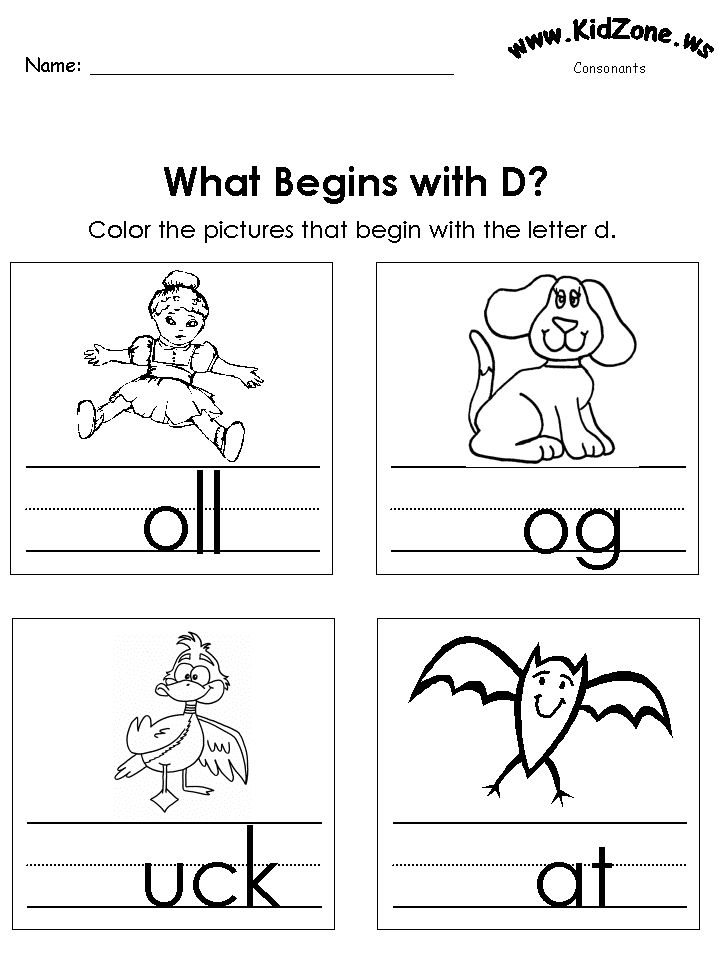
For suggestions on ways to encourage children to complete tasks or assignments they do not want to do, read the following articles:
- 3 Ways to Use Timers to Encourage Homework and Chore Completion
- How to Use Schedules to Improve Children’s Behavior
Video Presentation
Education and Behavior – Keeping Us on the Same Page for Children.
Rachel Wise
Rachel Wise is a certified school psychologist and licensed behavior specialist with a Master’s Degree in Education. She is also the head author and CEO at educationandbehavior.com, a site for parents, caregivers, educators, counselors, and therapists to find effective, research-based strategies that work for children. Rachel has been working with individuals with academic and behavioral needs for over 20 years and has a passion for making a positive difference in the lives of children and the adults who support them.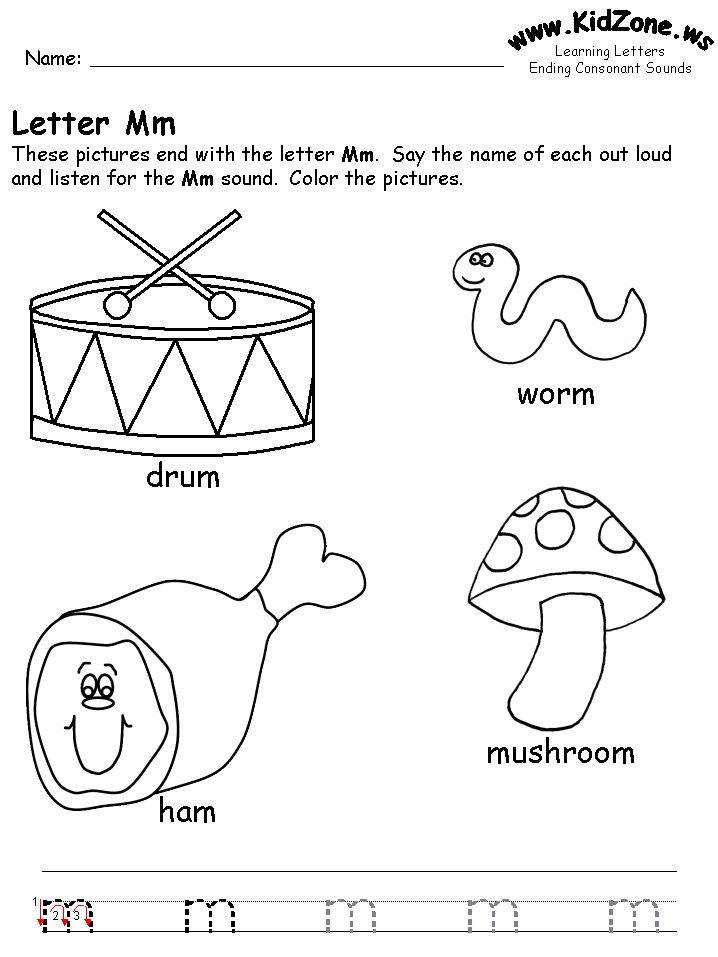 For Rachel’s top behavioral strategies all in one place, check out her book, Building Confidence and Improving Behavior in Children, a Guide for Parents and Teachers. If you want Rachel to write for your business, offer behavioral or academic consultation, or speak at your facility about research-based strategies that support children, email her at [email protected].
For Rachel’s top behavioral strategies all in one place, check out her book, Building Confidence and Improving Behavior in Children, a Guide for Parents and Teachers. If you want Rachel to write for your business, offer behavioral or academic consultation, or speak at your facility about research-based strategies that support children, email her at [email protected].
www.educationandbehavior.com
Journey to the country of sounds. Sound [A], and the letter A (acquaintance)
Keywords: preschoolers, speech therapy, "a" sound letter "a"
Tasks of the lesson.
- Correctional and educational : clarify the pronunciation of the sound [А]; determine the position of the sound in the word; to teach children to distinguish the sound [A] from the composition of syllables, words, to introduce the letter A.
 Differentiation of sound and letter.
Differentiation of sound and letter. - Correction-developing: development of pronunciation clarity, develop fine, general and articulatory motor skills; teach children to change the strength and pitch of the voice. Develop phonemic awareness and perception.
- Correctional and educational: to develop organizational behavior skills, fostering a positive attitude towards learning and playing activities.
Materials and equipment: sound symbol [A], subject pictures: stork, bus, orange, hand, cancer, moon, alphabet, shark, vase. A card for determining the place of sounds in a word, a phonetic symbol for sound [A], task cards, a massage set "Chestnut" (Su-Jok), counting sticks, mirrors.
Course of the lesson
I. Introductory part (Organizational moment)
The rule of conduct in class.
- One, two, three, four, five
We will now again
Watch, listen, think,
But do not interfere with each other.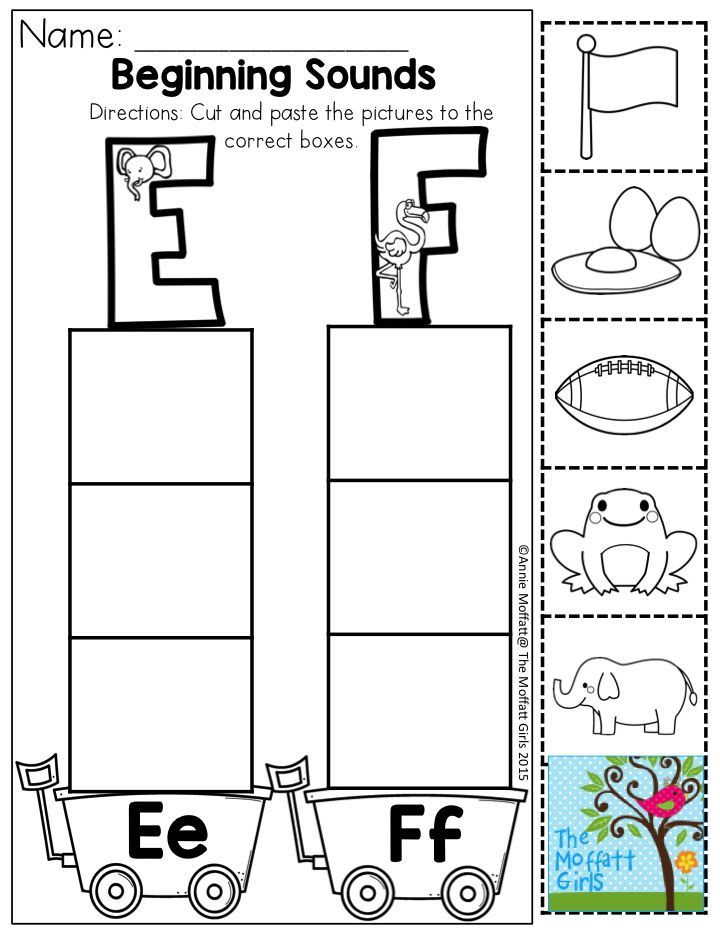
Speak distinctly, clearly,
Do not fidget, do not play pranks.
II. Main part
1. Presentation of the topic of the lesson.
- Guys, guess the riddle.
Green striped ball,
Filled with scarlet like heat,
Lying in the garden, like a load,
Tell me what it is. ( Watermelon )
- Correct. What is the first sound in the word watermelon? (sound [A])
- Today in class we will talk about the sound [A].
2. Development of articulation motility. Include slides with articulatory gymnastics.
Let's stretch our lips and tongue.
- lip exercises: proboscis smile, fence;
- exercises for the tongue: "tasty jam", "watch".
3. Work on the development of speech breathing and voice .
- Now let's pronounce the sound [A] silently, just with lips - in a whisper - softly - loudly;
- And now vice versa: loud - soft - whisper - soundless articulation.
4. Acoustic articulation image of sound. Working with mirrors
- Guys, now let's say the sound [A] and see what position our lips take? ( mouth wide open ). And how is the tongue in the mouth? ( the tongue lies quietly below, the tip of the tongue behind the lower teeth ).
[A] - the mouth is wide open, the tongue lies at the bottom of the oral cavity, the air in the mouth does not encounter obstacles. The speech therapist gives a generalizing concept: “Vowels - sing, dance, do not meet obstacles. Children conclude that [A] is a vowel sound, since the air in the mouth does not meet obstacles, we can sing it.
A voice - a voice, that's why it is called that - a vowel sound.
This sound is always sung,
This sound flows like a song.
Sound, you are free to fly,
There are no obstacles on the way!
6. Fizminutka "Pinocchio", "Khomka" .
7.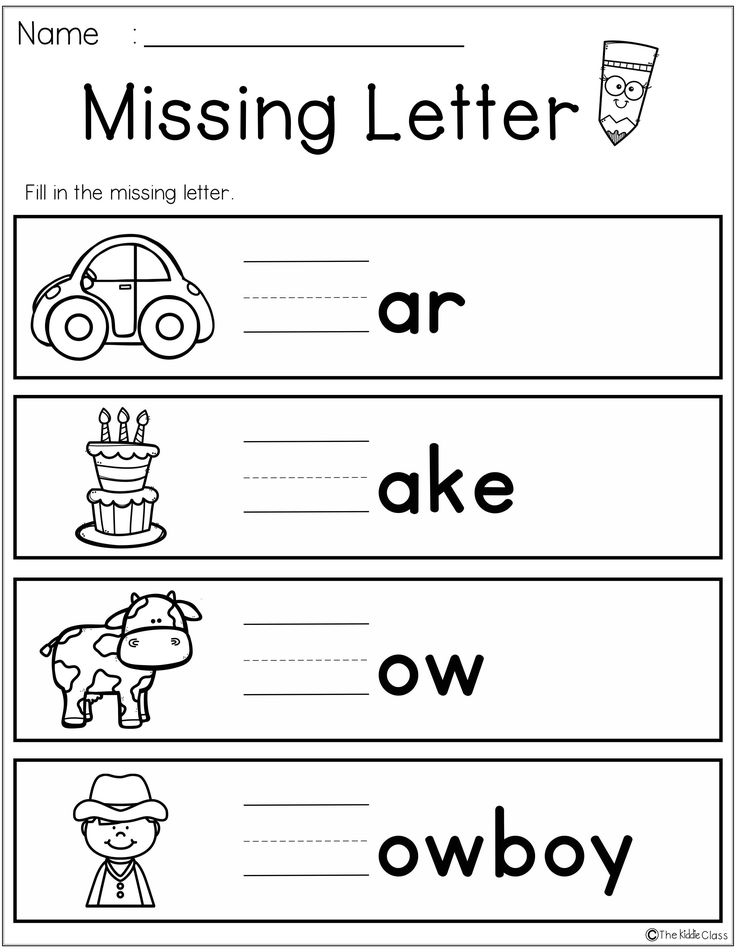 Development of phonemic hearing.
Development of phonemic hearing.
- Guys, now let's play. Clap your hands if you hear the sound [A]
U, O, A, S, A, M, O, F, A, O.
8. Conclusion that [A] is a vowel, since air meets no barriers in the mouth, we can sing it.
Sound symbol [A] - big red square. (set the sound symbol on the card)
9. Determining the place of sound in a word.
Pictures and cards with sound schemes.
Words : stork, bus, orange, hand, cancer, moon, alphabet, shark, vase.
10. Correlation of sound with letter.
- Guys, the sound [A] is denoted by the letter A. Look - this is the letter A (put up a card with the letter). Remember, the sound [A] in the letter is denoted by the letter A.
Here are two pillars diagonally,
And between them is a belt.
Do you know this letter? BUT?
In front of you is the letter A .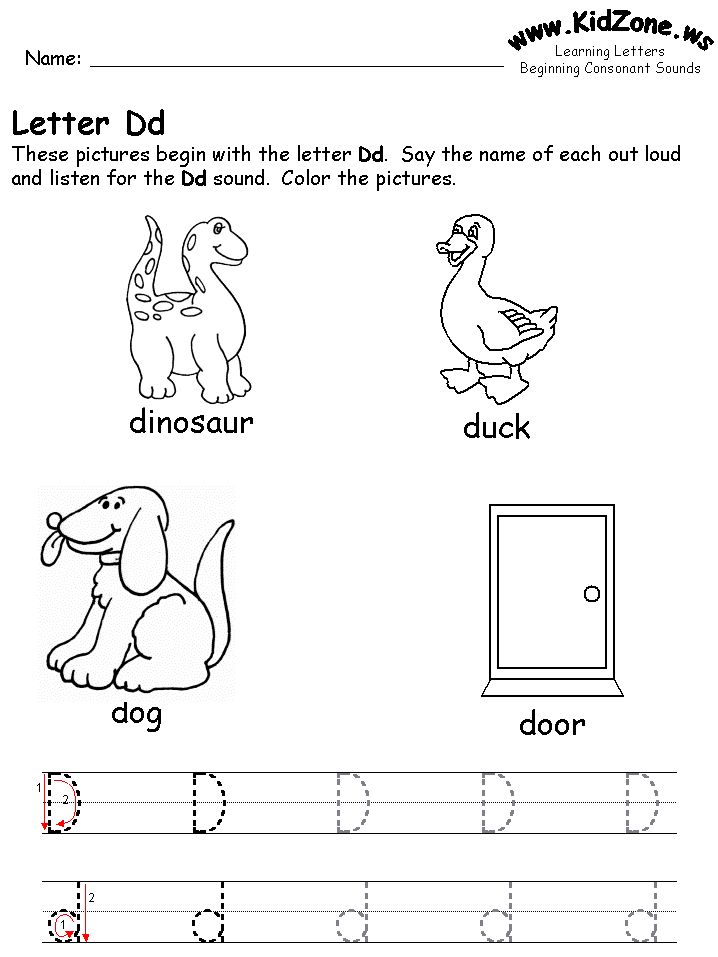
- Let's try to make the letter A from our fingers ( the index and middle fingers of the right hand are down, the rest are clenched into a fist, and the index finger of the left hand forms a “belt” ). And let's also make the letter A from counting sticks and write it on a piece of paper
11. Games with Su-Jok .
Guys, to make your fingers write well, I suggest you play with an unusual ball called "Su-Jok".
Ball
This ball is not simple
This ball is not simple:
All prickly like this
We put it between the palms,
We rub the palms with it.
We roll it up and down,
We develop our hands!
You can roll the ball in a circle,
Roll it to each other.
One, two, three, four, five
It's time for us to rest.
(movements match text)
Prickly Hedgehog
Stroke my palms hedgehog!
You're prickly, so what?
I want to pet you,
I want to get along with you!
(Roll the ball between the palms, stroke, touch the individual “thorns” with fingers)
“Ball”
I roll circles with the ball,
I drive it back and forth,
I will stroke his hand with it,
And then I will squeeze it a little.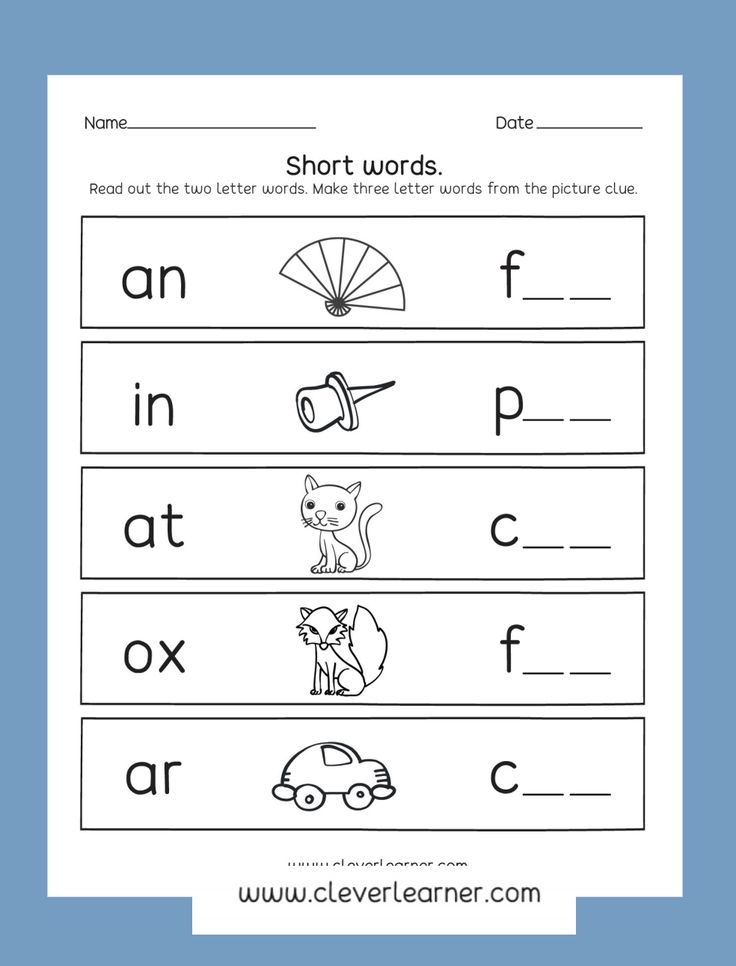
I will press the ball with each finger
And I'll start with the other hand.
And now the last trick -
The ball flies between the hands!
(movements match text)
11. Work on leaflets. Distribute leaflets. Check sheets with work, put seals. Praise.
12. Summing up the lesson.
- So guys, what sound and letter did we study today?
Literature
- N.Yu.Grigorenko. Vowel sounds and letters. Formation of reading and writing skills in children with speech disorders: Workbook. - M.: Prometheus; Booklover, 2003. - 32 p. (Development and correction.)
- L.N. Smirnova. speech therapy. We play with sounds. Speech didactic material: A manual for speech therapists, defectologists and educators. -M .: "Mosaic-Synthesis", 2006. - 56s.
- N.S. Zhukova. Primer: textbook / N.S. Zhukova; ill. V. Trubitsyn and Yu. Trubitsyna. - Moscow: Eksmo, 2016.
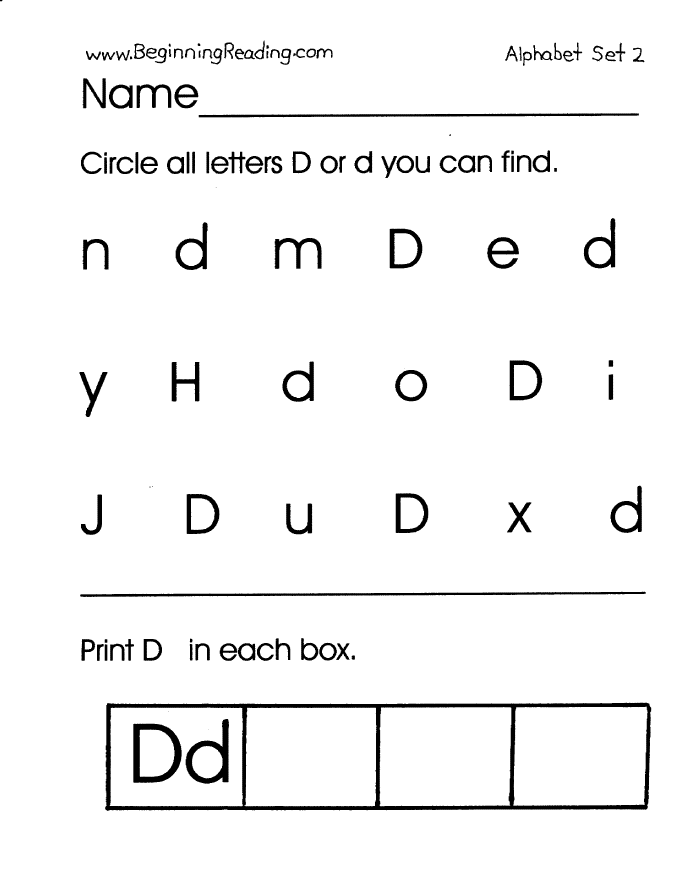 - 96 p. : ill.
- 96 p. : ill. - M.A. Povalyaeva. Didactic material on speech therapy (whistling, hissing). Tales of the merry Tongue. - Rostov n / a: Phoenix, 2003. -80 p. from ill.
- E.V. Kolesnikova. The development of sound-letter analysis in children 5-6 years old. Teaching aid for the workbook "From A to Z". – Ed. 3rd, add. and reworked. / E.V. Kolesnikova. – M.: Yuventa, 2014. – 80 p.: ill.
Use of didactic games in preparation for teaching literacy to preschool children
School is a new and important stage in the life of yesterday's preschooler and his parents. In a modern school, the requirements for first-graders are very high. Some parents consider the most important indicator of readiness for school to be the ability to read. But this is a wrong opinion. In fact, learning to read should complete the work of developing the sound analysis and synthesis skills that underlie literacy education. Many children perceive the whole word as a sound complex.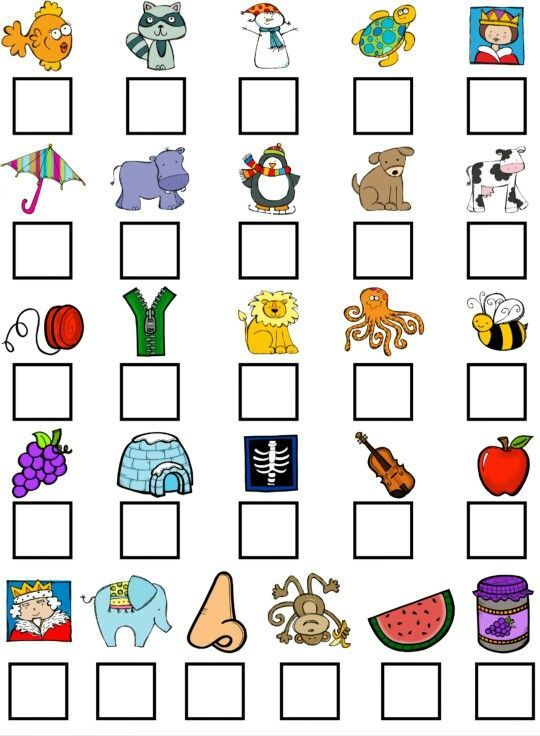 “On how the child will discover the sound reality of the language, the structure of the sound form of the word, depends not only the assimilation of literacy, but also the entire subsequent assimilation of the language - grammar and spelling associated with it” D. B. Elkonin.
“On how the child will discover the sound reality of the language, the structure of the sound form of the word, depends not only the assimilation of literacy, but also the entire subsequent assimilation of the language - grammar and spelling associated with it” D. B. Elkonin.
To prepare children for learning to read and write, it is necessary to teach children to distinguish between any speech sounds, both vowels and consonants, to distinguish any sounds from the composition of a word, to divide words into syllables, and syllables into sounds, to combine syllables and sounds in a word, to determine the sequence of sounds in a word, divide the sentence into words. In the classroom, sounds, syllables, words, letters become the subject of study. This implies, as noted by K. D. Ushinsky, reliance on the child’s logical ability, on the ability to “distract from specific ideas and build these ideas into general concepts, find similar and different features between them, merge them into one general judgment” (Ushinsky K.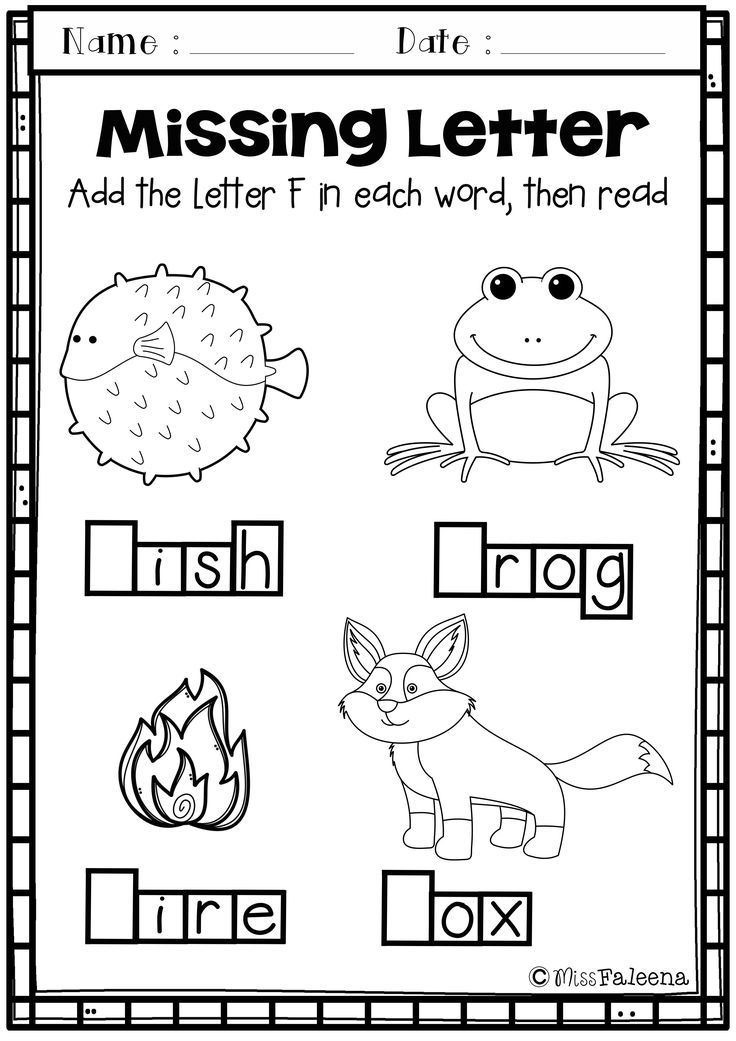 D. Selected pedagogical works).
D. Selected pedagogical works).
How to make the lesson interesting, so that the children do not get bored, how to attract unstable attention to the lesson and make learning exciting, entertaining, interesting? After all, interest causes surprise, awakens thought, causes a desire to understand the phenomenon. To do this, children need to play in the classroom.
Game is one of the effective methods that actively influence the cognitive activity of children, their emotional sphere. The game helps to create an emotional mood in children, causes a positive attitude towards the activities performed, improves overall performance, makes it possible to repeatedly repeat the same material without monotony and boredom.
Interest in learning greatly increases the strength of knowledge, skills and abilities, contributes to the correction of attention, memory and other processes. Based on the game task, children carry out game actions that, as it were, mask complex mental activity and make it more interesting.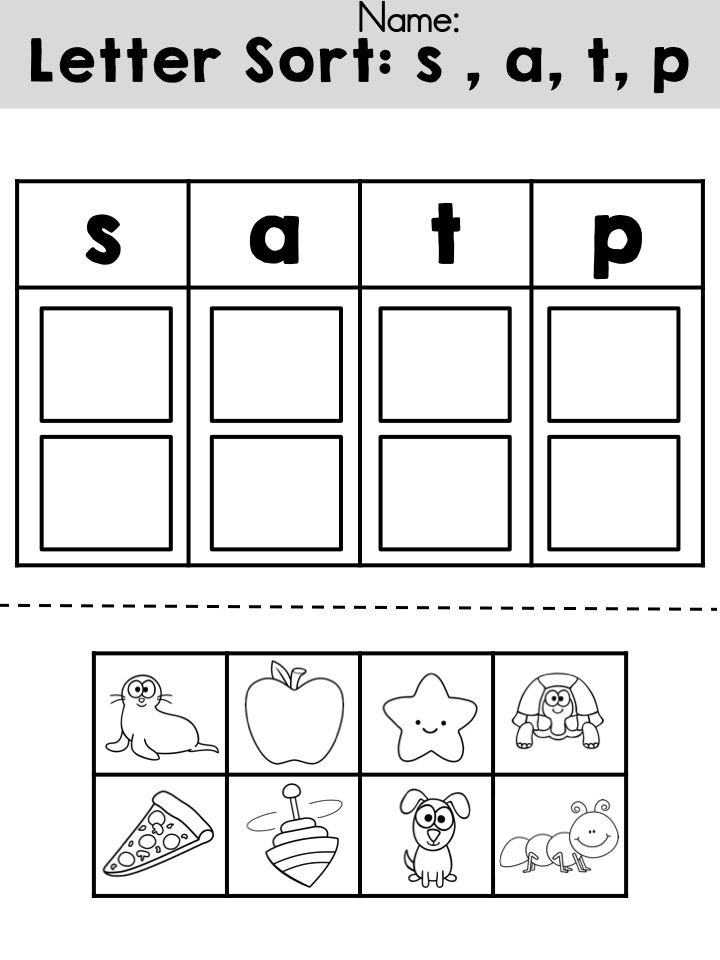 Children must be prepared to play. The game should be accessible, the conditions are clear, simple, not multi-stage.
Children must be prepared to play. The game should be accessible, the conditions are clear, simple, not multi-stage.
The teacher directs and corrects the game throughout its duration. The emotionality of the educator, his interest in the results of the game, determine the effectiveness of the game. During the game, the teacher can select more complex and easier material for weak and strong children, implementing an individual approach. However, this assistance should be as hidden as possible, so that children feel the equivalence of their participation.
As one or another game is mastered, it can be repeated many times, increasing the number of tasks, changing vocabulary or introducing new rules. So, for example, about the game "Colorful houses", children first differentiate vowels and consonants, later - hard and soft consonants, then deaf and voiced consonants. During the game "Shop" check-schemes change (from simple to more complex).
The spirit of competition plays a big role.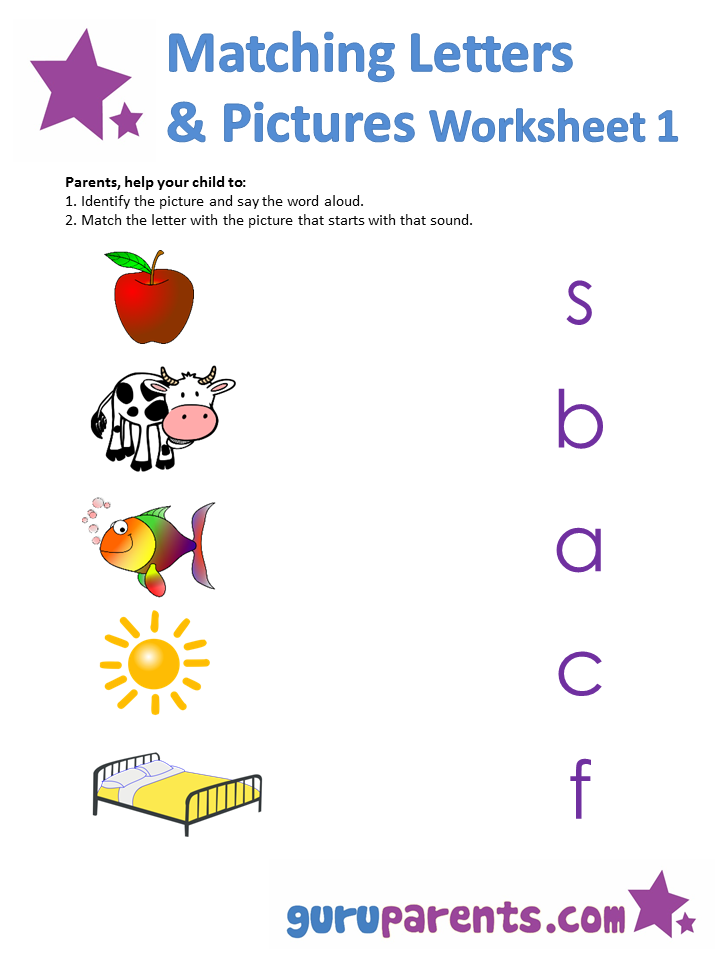 You can invite stronger children to help weaker ones. And, as a prerequisite, the identification of winners, summing up, rewarding the winning team.
You can invite stronger children to help weaker ones. And, as a prerequisite, the identification of winners, summing up, rewarding the winning team.
The proposed games are built with a gradual complication of gaming and educational tasks. Teaching sound analysis and synthesis is built in a certain sequence:
‒ Determining the presence or absence of a sound in a word
‒ Determining the first sound in a word and selecting words for a given sound
‒ Determining the last sound in a word
‒ Determining any position of a sound in a word
‒ Determining the number of sounds in a word, their sequence
- Determining the number of syllables in a word.
- Synthesis of sounds and syllables in a word
- Complete sound-syllabic analysis of words.
Below I will give examples of games in different sections.
Sounds.
- Train Game
Purpose of the game : differentiation of concepts "sound-word"
Game progress .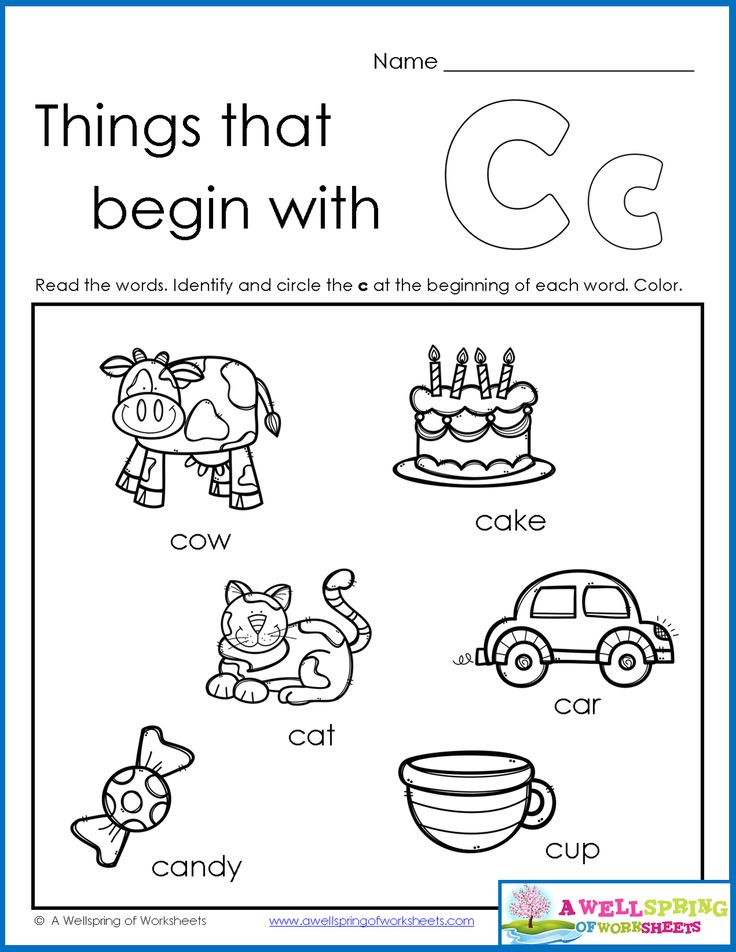 Children line up and imitate the movement of the train. If the leader says a word, the children stop, if the sound, they continue to move.
Children line up and imitate the movement of the train. If the leader says a word, the children stop, if the sound, they continue to move.
- Game "Turnip".
Purpose of the game: to consolidate the concept of "sound range".
Equipment: hats of the heroes of the fairy tale "Turnip".
Game progress. Speech therapist invites children to remember the fairy tale "Turnip". Children in hats stand one after another, following the content of the tale. The speech therapist explains that the sounds in a word are strictly one after another, in a certain sequence.
- The game "Colorful houses".
The purpose of the game : to consolidate knowledge about vowels and consonants (hereinafter - hard and soft consonants, voiced and deaf sounds).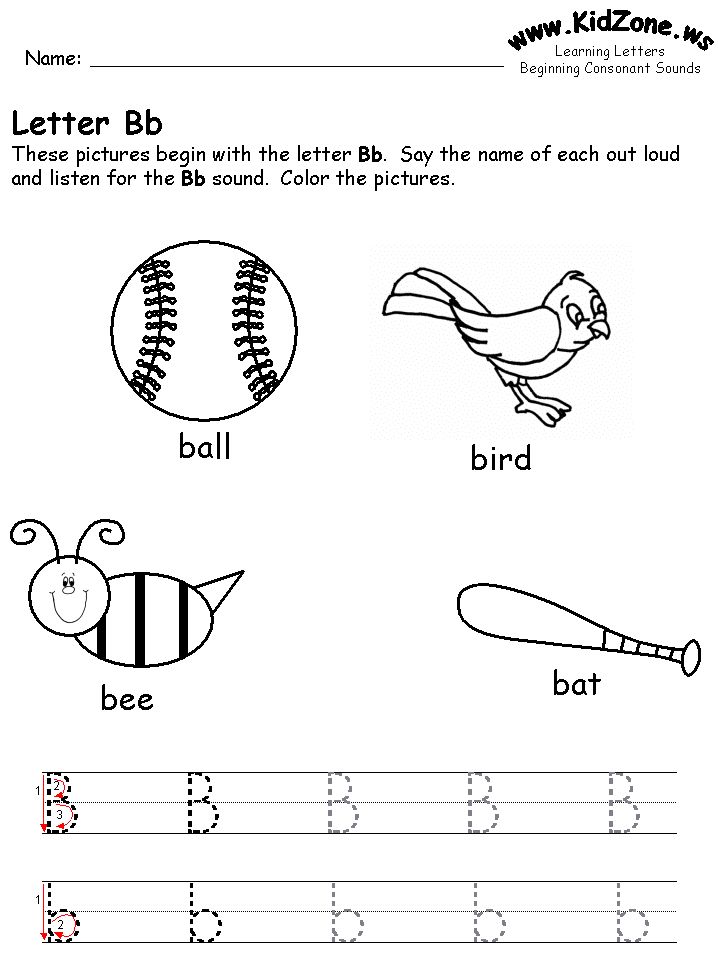
Equipment: hats with red, blue and green houses.
Game in progress. Children are selected who wear hats with houses.
- The host invites the children to pronounce their name, highlight the first sound, determine whether it is a vowel or a consonant, and then hide in a house (stand behind a boy or girl in one or another hat)
- Each child has a card on the table. The child calls her, highlights the first sound, determines what it is, hides in the corresponding house.
Sound analysis and synthesis.
- Word game
Purpose of the game: to exercise children in identifying the first and last sound in a word, in making words from the selected sounds.
Game progress . Children identify the first or last sounds in a word, compose the resulting word / or mark the sound with the corresponding letter and read the resulting word.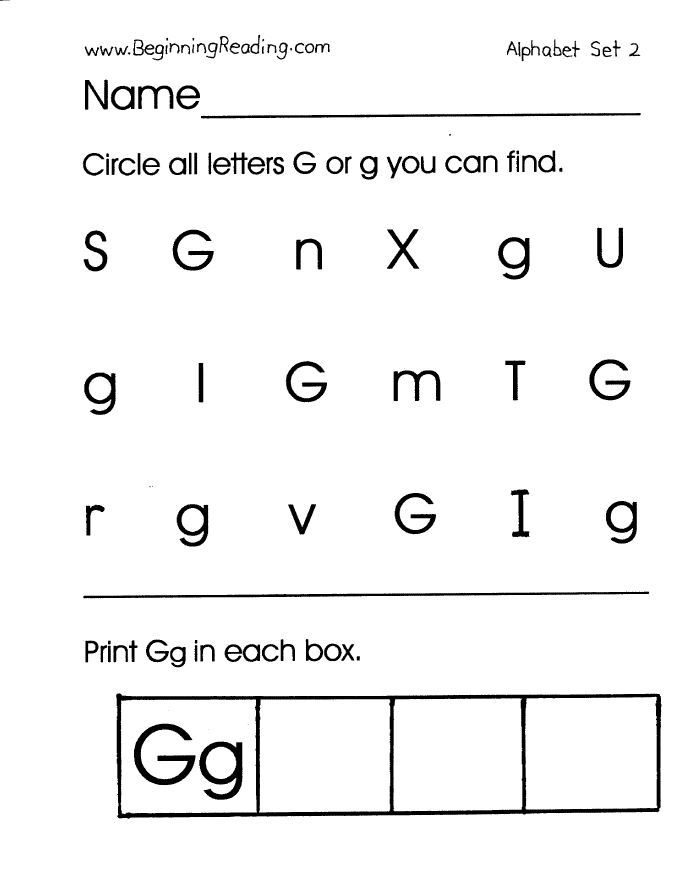
- Match the picture game
Purpose of the game : to teach children to identify the number of sounds in a word.
Game progress . Word schemes (according to the number of sounds) and subject pictures on the board. Children are invited to pick up pictures for diagrams.
- Game "What word did I have in mind?"
Purpose of the game: to teach children to identify the vowel sound in the middle of a word and correlate it with the articulation of vowel sounds.
Equipment e: drawings of girls, object pictures.
Game in progress. On the board are drawings of girls whose lips position corresponds to the articulation of vowels: a, o, u, and, and subject pictures (poppy, house, wolf, cat, bow, etc.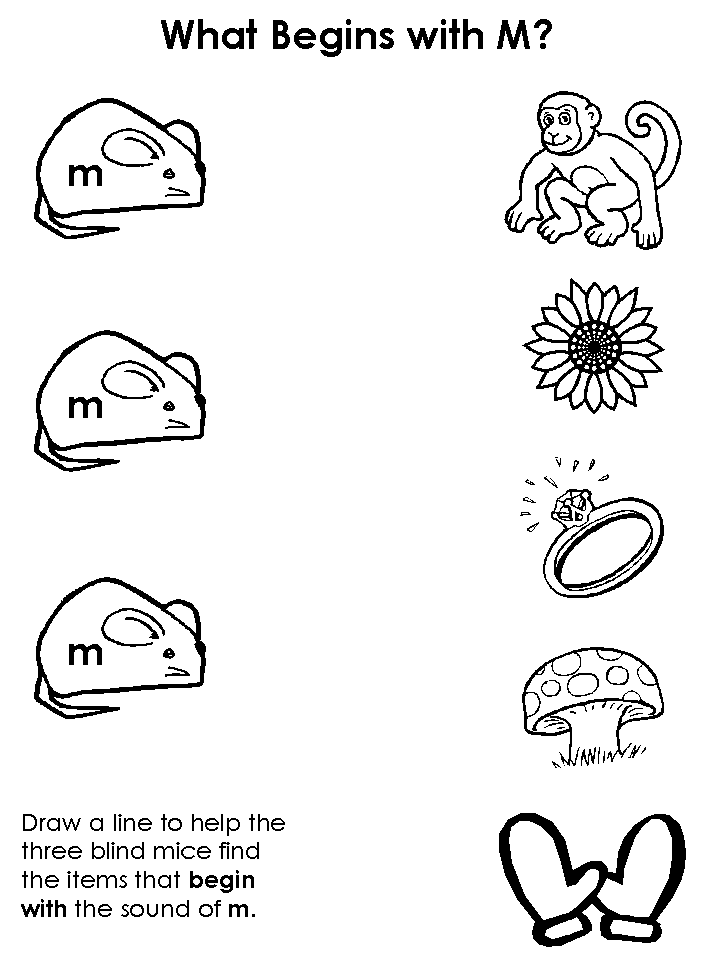 ). Children must match the picture in accordance with the pronounced vowel sound.
). Children must match the picture in accordance with the pronounced vowel sound.
- What's Their Name Game
Purpose: To fix the children in identifying the first, last, second and third sounds in words. And also make names out of them.
A similar game: "Read by first letters" (board printed game), the game "From letter to word" (E. D. Naumova "Speech Games Game").
- Match the word to scheme".
Equipment: Large map with three small pictures and one word scheme.
Game progress: the child must analyze and match the word scheme to one of the pictures.
- Shop Game
Purpose of the game: consolidation of sound-syllabic analysis.
Equipment: toys, circuit checks.
Game progress .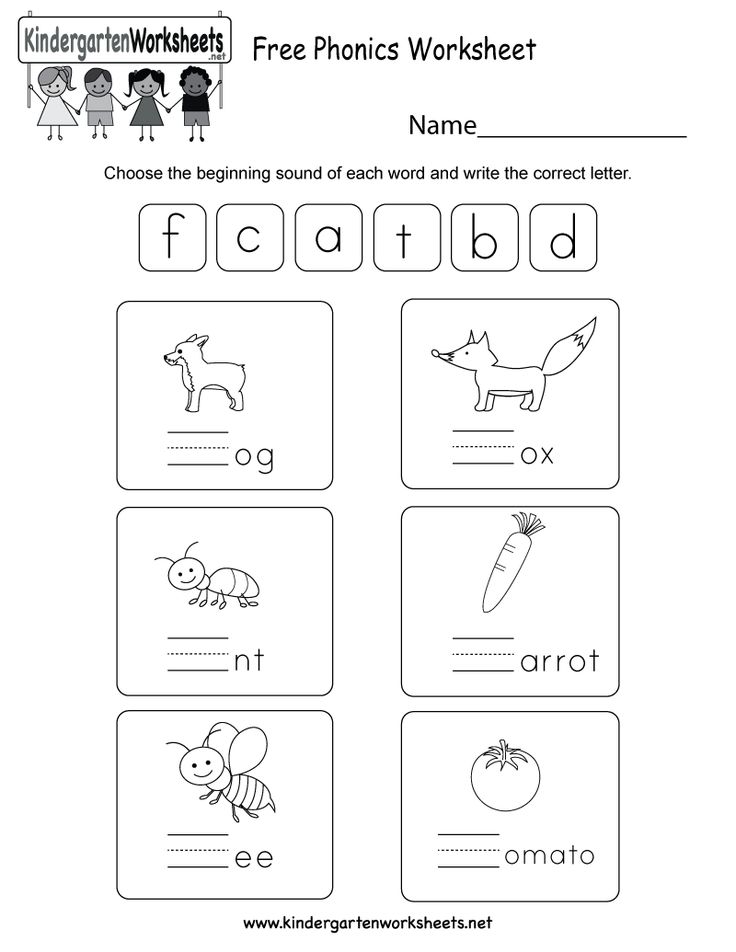 The facilitator lays out toys, objects and invites the children to play in the store. But you can buy a toy when you pay for it correctly with a check scheme that matches the name of the toy. The controller (leader, child) checks whether the purchase was made correctly.
The facilitator lays out toys, objects and invites the children to play in the store. But you can buy a toy when you pay for it correctly with a check scheme that matches the name of the toy. The controller (leader, child) checks whether the purchase was made correctly.
- Radio operator game
Purpose: To exercise children in sound analysis and synthesis.
Game progress: The speech therapist gives a picture to the child. The child, without showing the picture, must dictate its name by sounds. Another child receives a “radiogram” and must make a word out of sounds (another option is to write down the letters and read the resulting word).
- Game "How many dots - so many sounds"
Purpose of the game: development of the ability to select words for a given number of sounds, to conduct sound analysis.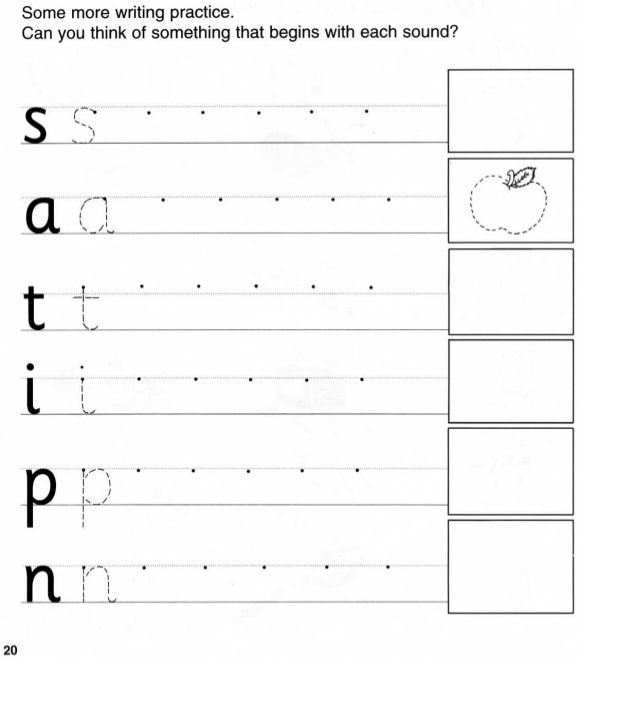
Equipment: a cube with a different number of dots on its faces.
Game in progress. Children take turns throwing a die and naming words in which the number of sounds corresponds to the number of dots on the top face of the die.
Syllabic analysis and synthesis.
- Syllabic step game
Purpose of the game: development of the ability to select words with a given number of syllables.
Game in progress. The host gives the task:
‒ Take 1 step forward!
‒ Take 2 steps forward!
‒ Take 3 steps forward!
The child must remember a word of as many syllables as he took steps.
- Be careful game
Purpose of the game: consolidation of sound-syllabic analysis.
Game progress .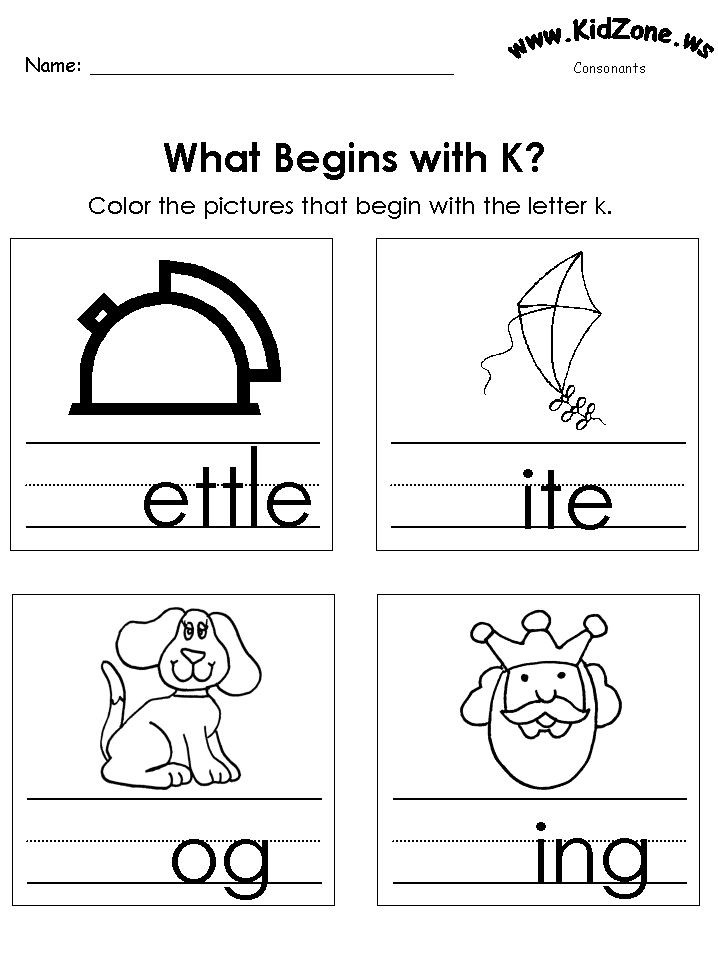 Children walk around the group. The facilitator taps the pencil several times on the table. Children must show that object, the toy whose name consists of the same number of sounds, syllables.
Children walk around the group. The facilitator taps the pencil several times on the table. Children must show that object, the toy whose name consists of the same number of sounds, syllables.
- Birthday game
Purpose of the game: development of the ability to determine the number of syllables in a word.
Game progress . Children are given toys. Birthday girls (birthday people) are chosen. For example: Masha, Natasha (Sasha, Anton). Children should give Masha gifts whose names consist of two syllables, and Natasha - gifts whose names consist of three syllables.
- Divide the word into syllables game
Purpose of the game: development of the ability to divide words into syllables.
Equipment: a card with an image of three objects and a graphic image of the syllabic composition of one word.
Game progress . The child must determine which picture fits this pattern.
- Syllabic Lotto Game
Purpose of the game: development of the ability to divide words into syllables.
Equipment: large lotto cards, divided into four squares, each with a graphic representation of the syllabic composition of the word (one, two, three, four syllables), subject pictures.
Game progress . The facilitator shows the cards to the children. Children choose a card for themselves and put it on the appropriate square if it fits this scheme. Or, children are offered individual envelopes with cards. It is necessary to close all the squares of the playing field.
- Zoo Game
Purpose of the game: development of the ability to select words with a given number of syllables.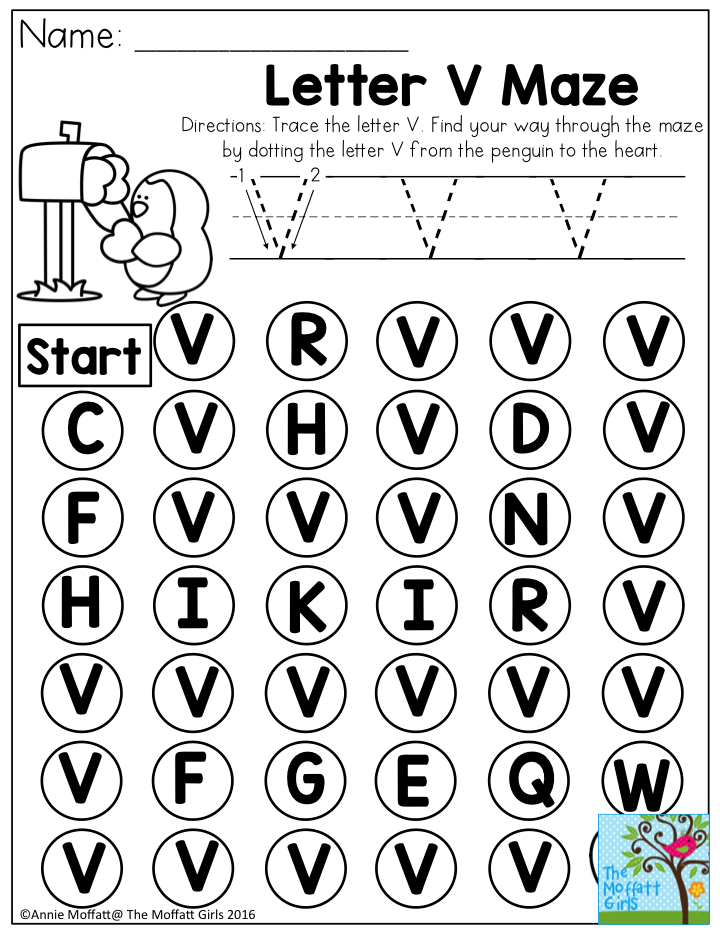
Equipment : three pockets, each with a cage for animals, under the pockets a graphic representation of the syllabic composition of the word (the first pocket is one syllable, the second one is two syllables, the third one is three syllables), cards with the image of animals.
Game progress . New cages were made in the zoo. Children are invited to determine which animals to put in which cage. By the number of syllables, they find a cage for the selected animal.
LETTERS
1. Game Draw a Letter
Purpose of the game: fixing the graphic representation of letters.
Equipment: Shibaev's book “Friends joined hands”.
Game progress. Children dance. The host points to a child.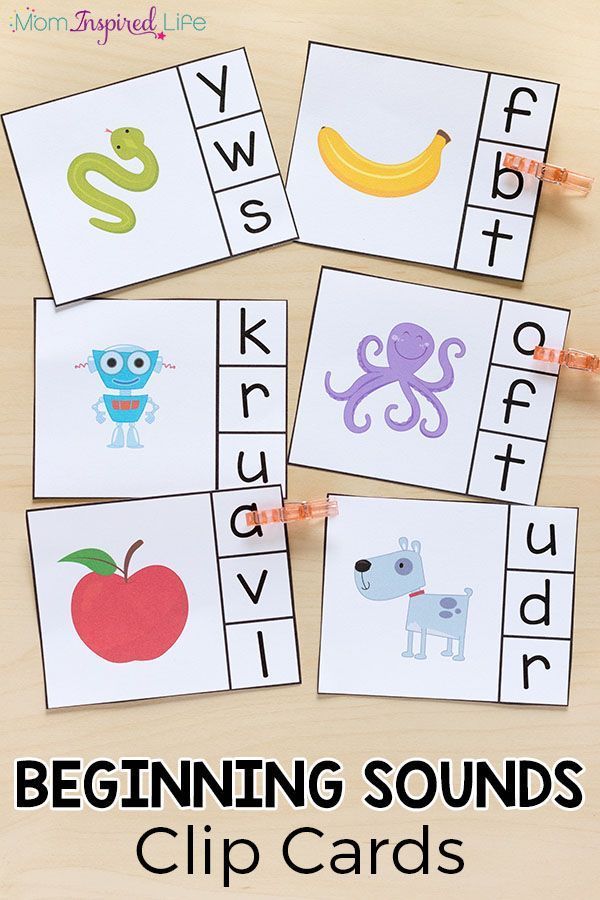 The child stands in a circle and, alone or with the help of a friend, depicts one or another letter. The children should name it.
The child stands in a circle and, alone or with the help of a friend, depicts one or another letter. The children should name it.
2. Game “Guess the letter”
Purpose of the game: definition of the letter written on the back. Game progress. Children stand in a circle. The host says:
We'll play a little
Let's remember the letters, guess.
And you (Vitya) do not yawn,
Guess the letter quickly!
The leading finger on the back slowly draws the outline of the letter. He must name this letter.
3 . Miraculous bag game
Purpose of the game: identifying a letter by touch along a cardboard outline.
Equipment: colorful fabric bag and cut-out cardboard letters.
Game progress.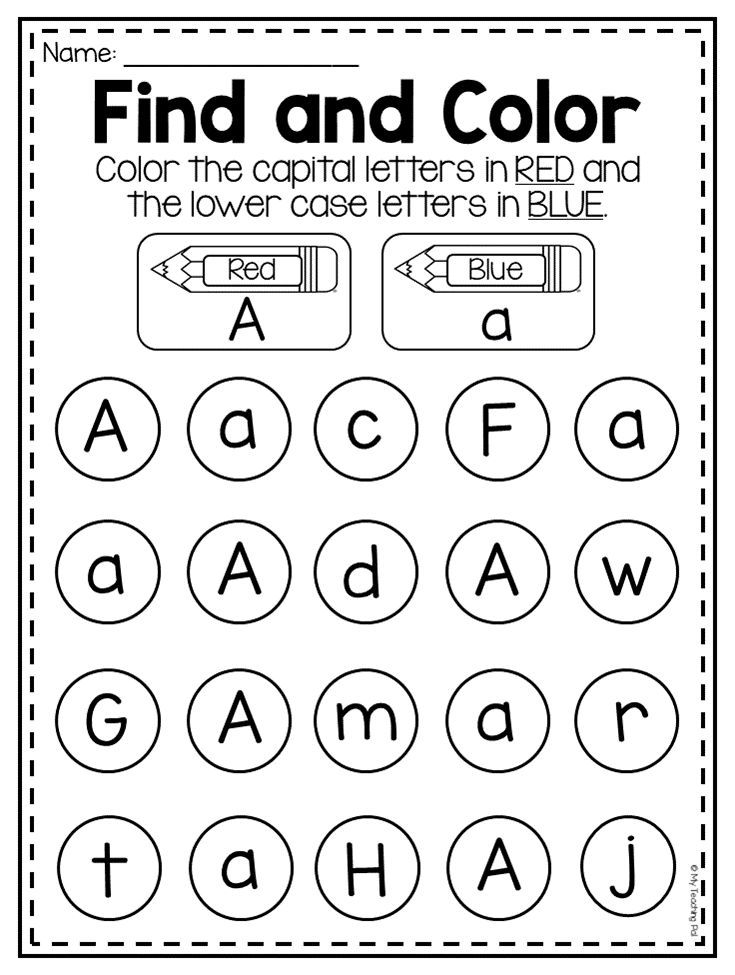 Children go to the speech therapist in order. The speech therapist says: letters are hidden in the bag, you can’t look at them. You need to recognize the letter by feeling it with your hands. You can get a letter when you come up with 2-3 words that begin with this sound.
Children go to the speech therapist in order. The speech therapist says: letters are hidden in the bag, you can’t look at them. You need to recognize the letter by feeling it with your hands. You can get a letter when you come up with 2-3 words that begin with this sound.
SOUND LETTER ANALYSIS
1. Game Typewriter.
Purpose of the game: development of attention, consolidation of sound-letter analysis.
Game progress. Each player is assigned the name of a letter. (A circle with the image of the letter "A", "U" is hung on the chest). Then the word comes up. On a signal, the children begin to print: the first letter claps their hands, then the second, etc. When the word is printed, all the children clap their hands.
2. Game Scouts.
Purpose of the game: development of the ability to determine the sequence of letters in a word.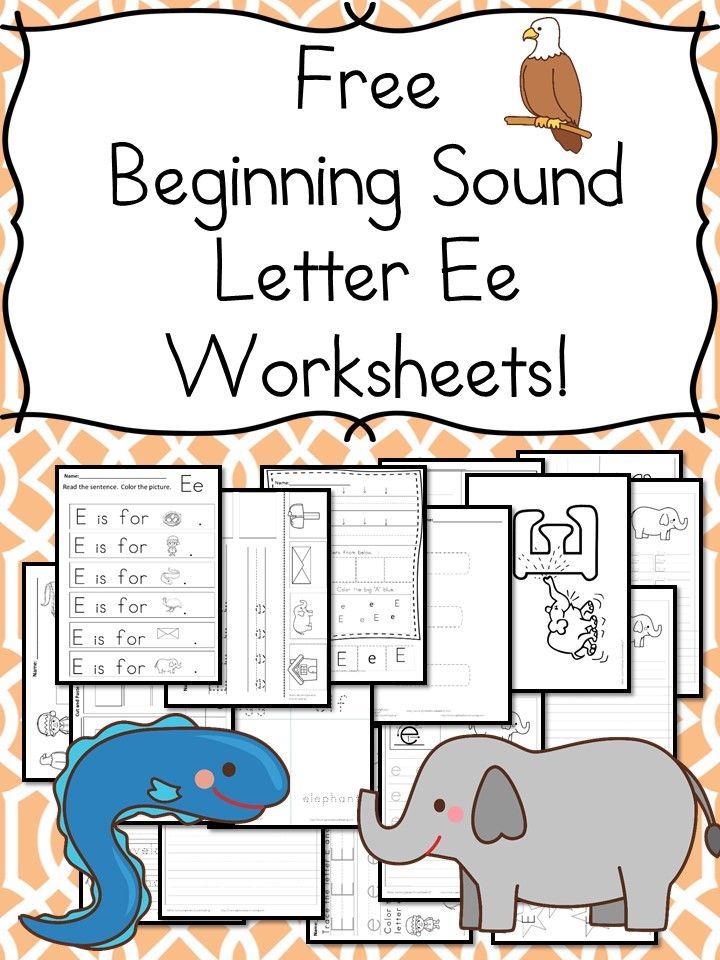
Game progress. Children are divided into several teams. For each group, the speech therapist calls the first letter of the word. The first child writes it down, writes another one and passes it on to a friend. He adds another letter, and so on. The result should be a word. The group that writes the word first wins.
As a result of such games, children of different levels of training, with different starting data, different activities equally, lively and with interest are included in games with sounds, syllables, words, letters. By the end of the training, children in the classroom show a high level of preparation for school. And in the future, when learning to read and write, the child will not “lose” a single letter, since he knows how to single out all the sounds in a word from the first to the last, determine their number and sequence, and divide words into syllables.
Literature:
- Kashe G.
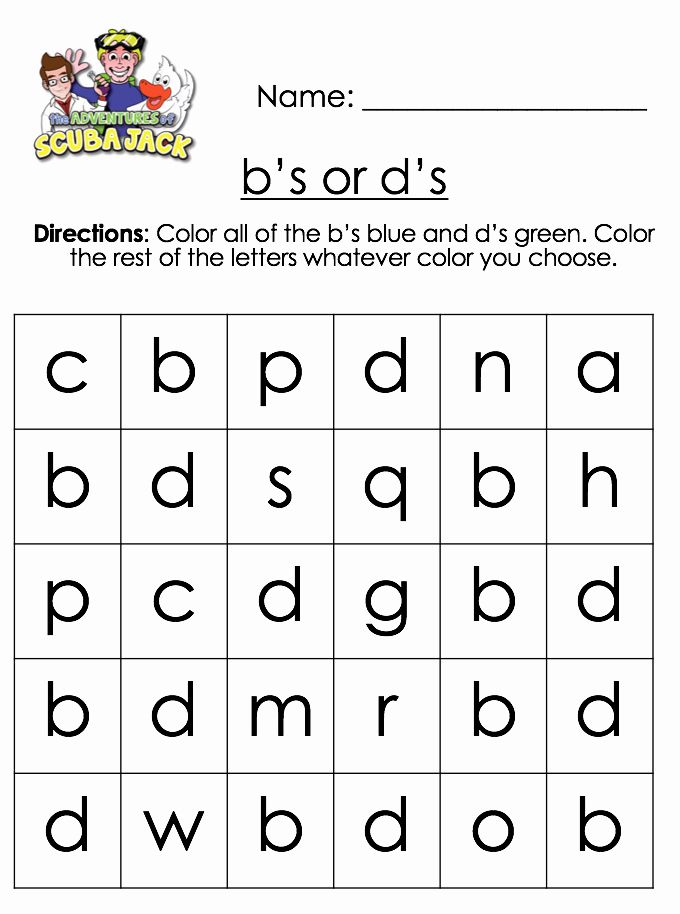
Learn more

